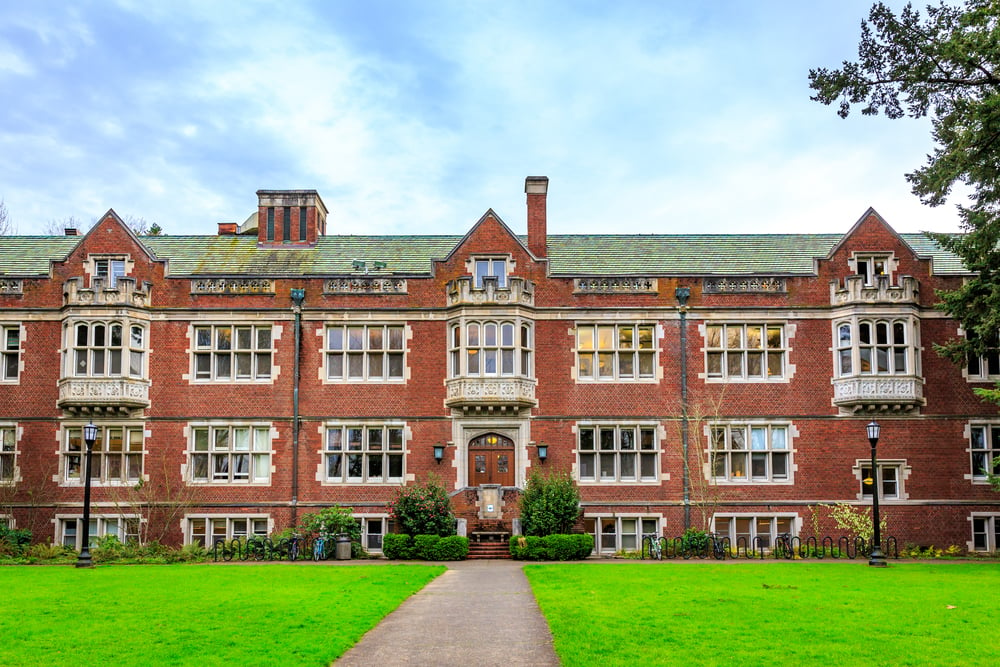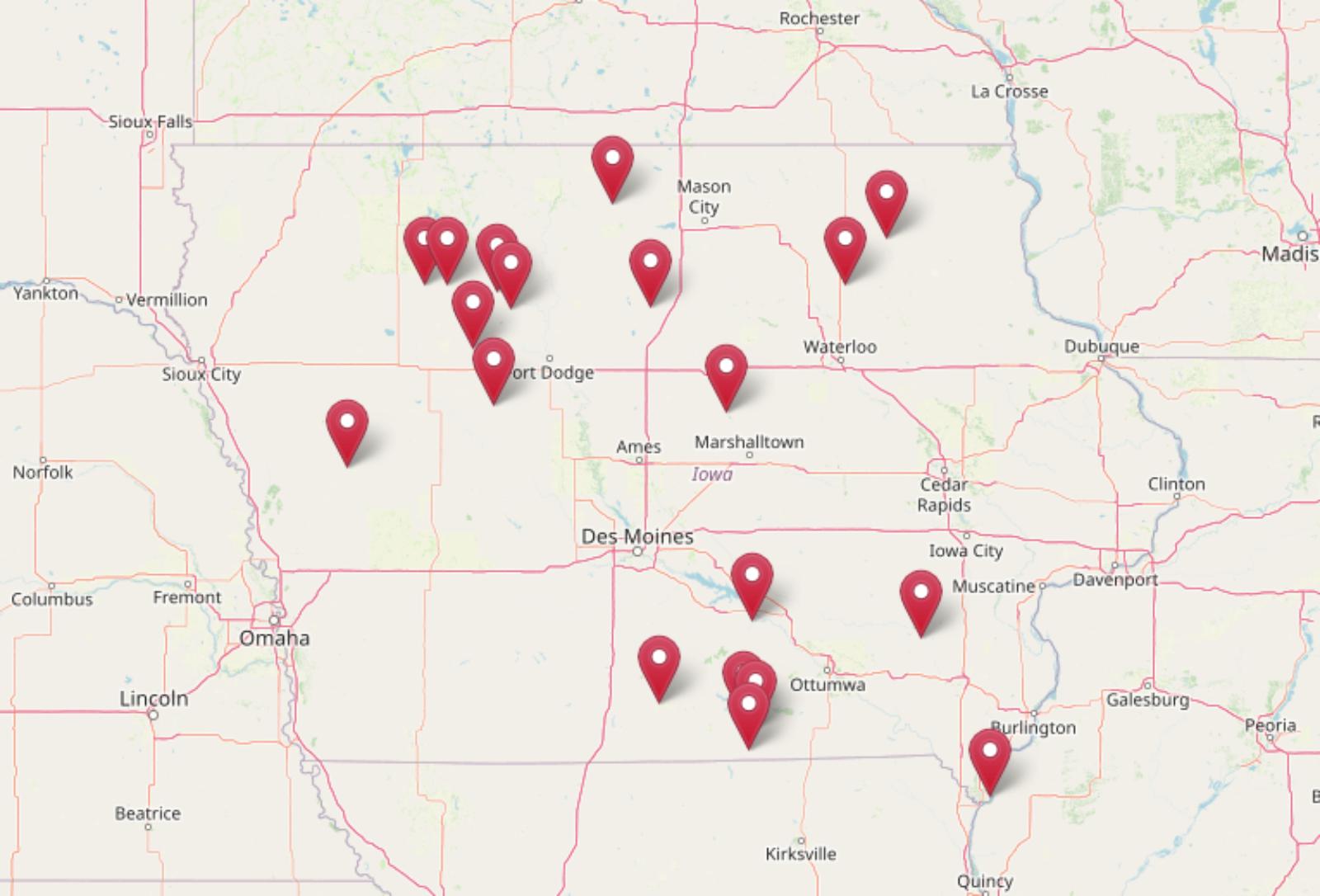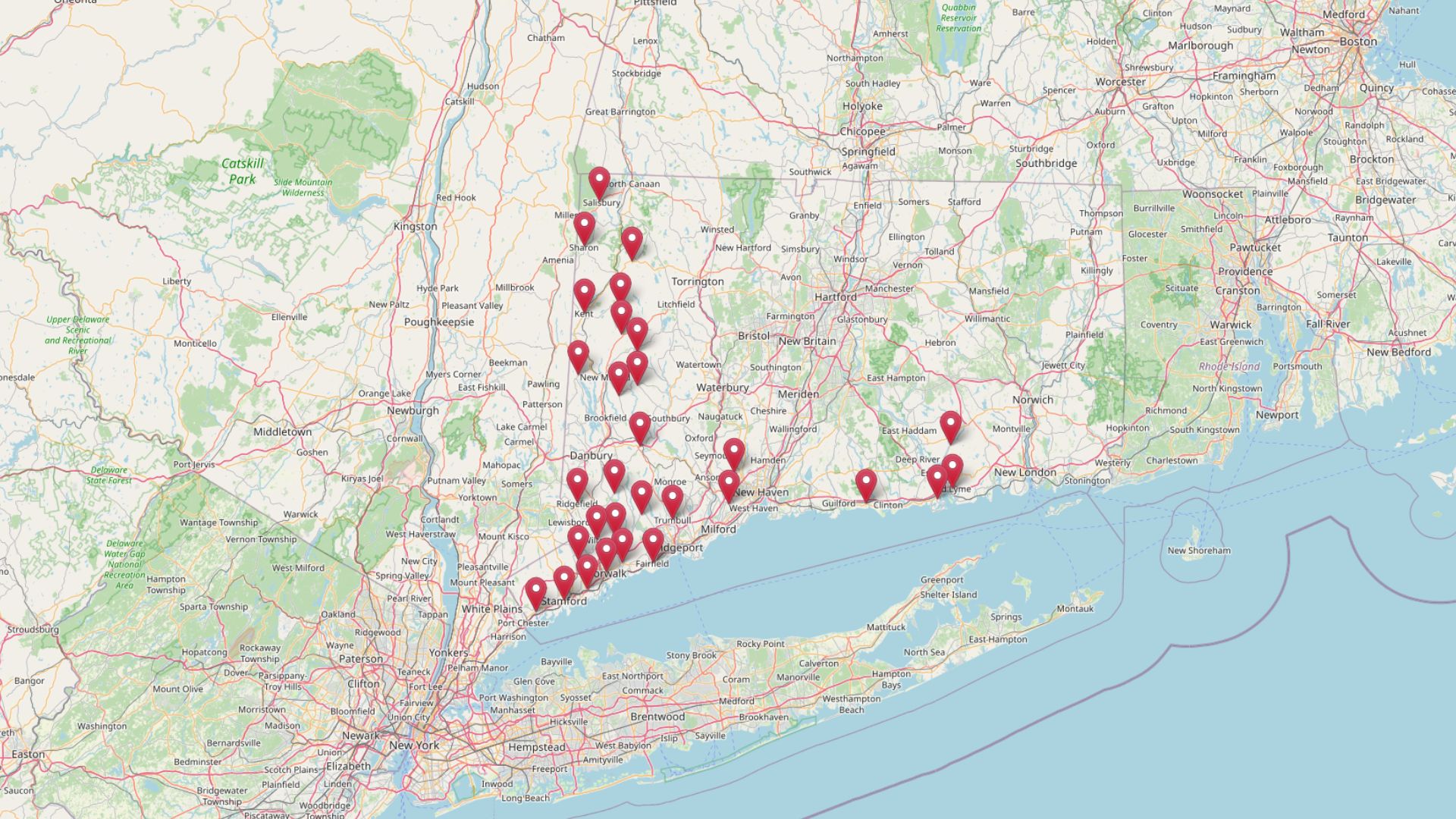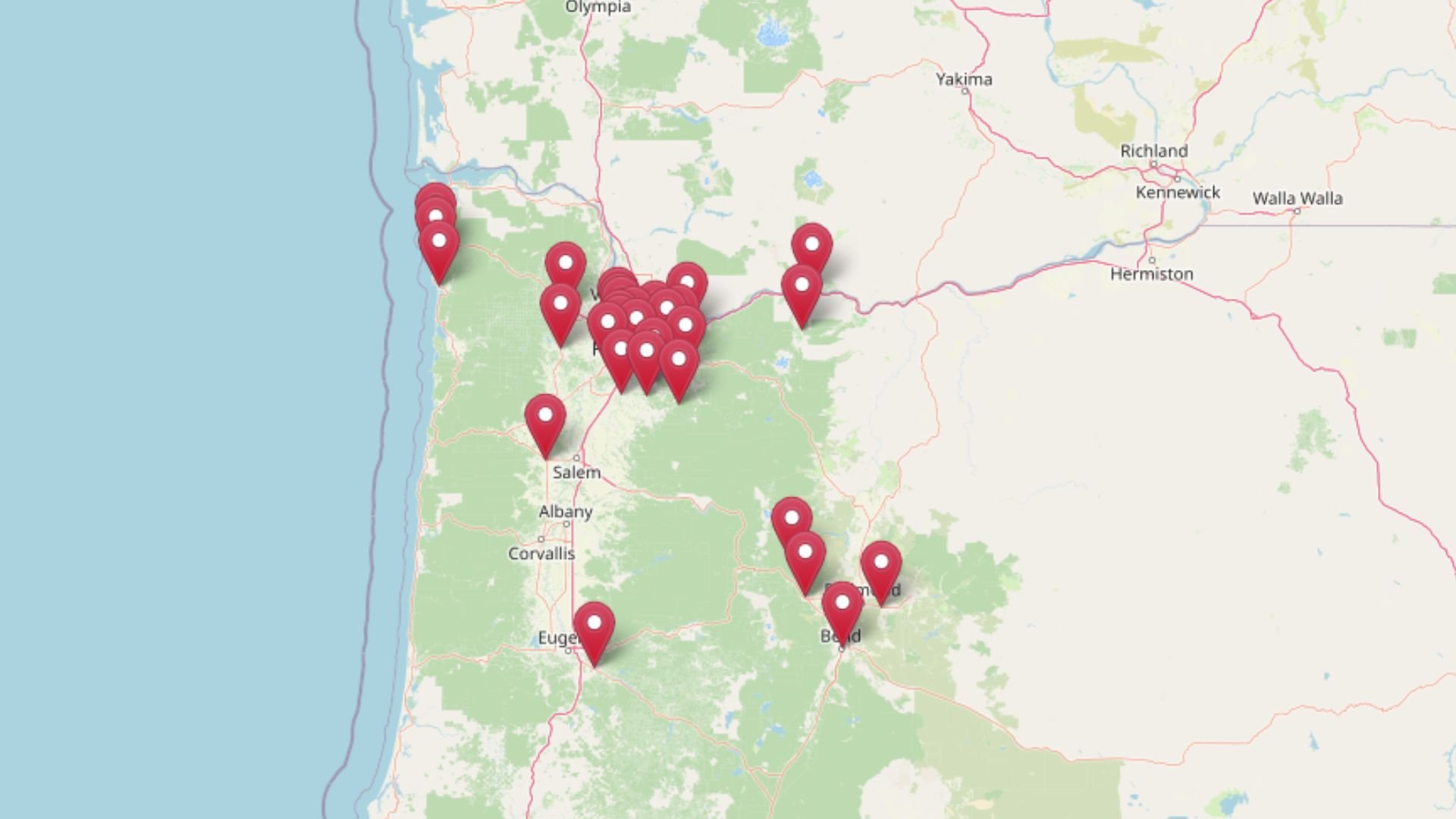
Using the latest Zillow Home Value Index data, we’ve identified the 30 most expensive towns in Oregon based on current home prices. These communities represent more than just high prices—they showcase Oregon’s premium real estate markets with strong growth potential. Each town shows unique appeal through location, amenities, and long-run value gains.
From coveted Portland suburbs to coastal enclaves and high-desert destinations, this ranking reveals where Oregon’s highest home values cluster. Whether you’re considering a move, weighing investment options, or simply curious about the market, these towns highlight where demand remains strongest. The data below makes the trends clear and comparable across places.
30. Garden Home-Whitford – 117% Home Price Increase Since 2010

- 2010: $296,875
- 2011: $275,534
- 2012: $271,531
- 2013: $307,881
- 2014: $336,248
- 2015: $364,227
- 2016: $415,677
- 2017: $448,240
- 2018: $467,443
- 2019: $473,440
- 2020: $488,769
- 2021: $585,027
- 2022: $679,476
- 2023: $641,314
- 2024: $653,630
- 2025: $644,349
Garden Home-Whitford’s market has more than doubled since 2010, with values climbing from just under $300,000 to $644,349 in 2025. The biggest surge came after 2020, when demand for suburban homes spiked and prices shot up nearly $200,000 in just two years. While values have cooled slightly from their 2022 peak, the area remains one of Washington County’s most stable and desirable suburbs.
Why Garden Home-Whitford?
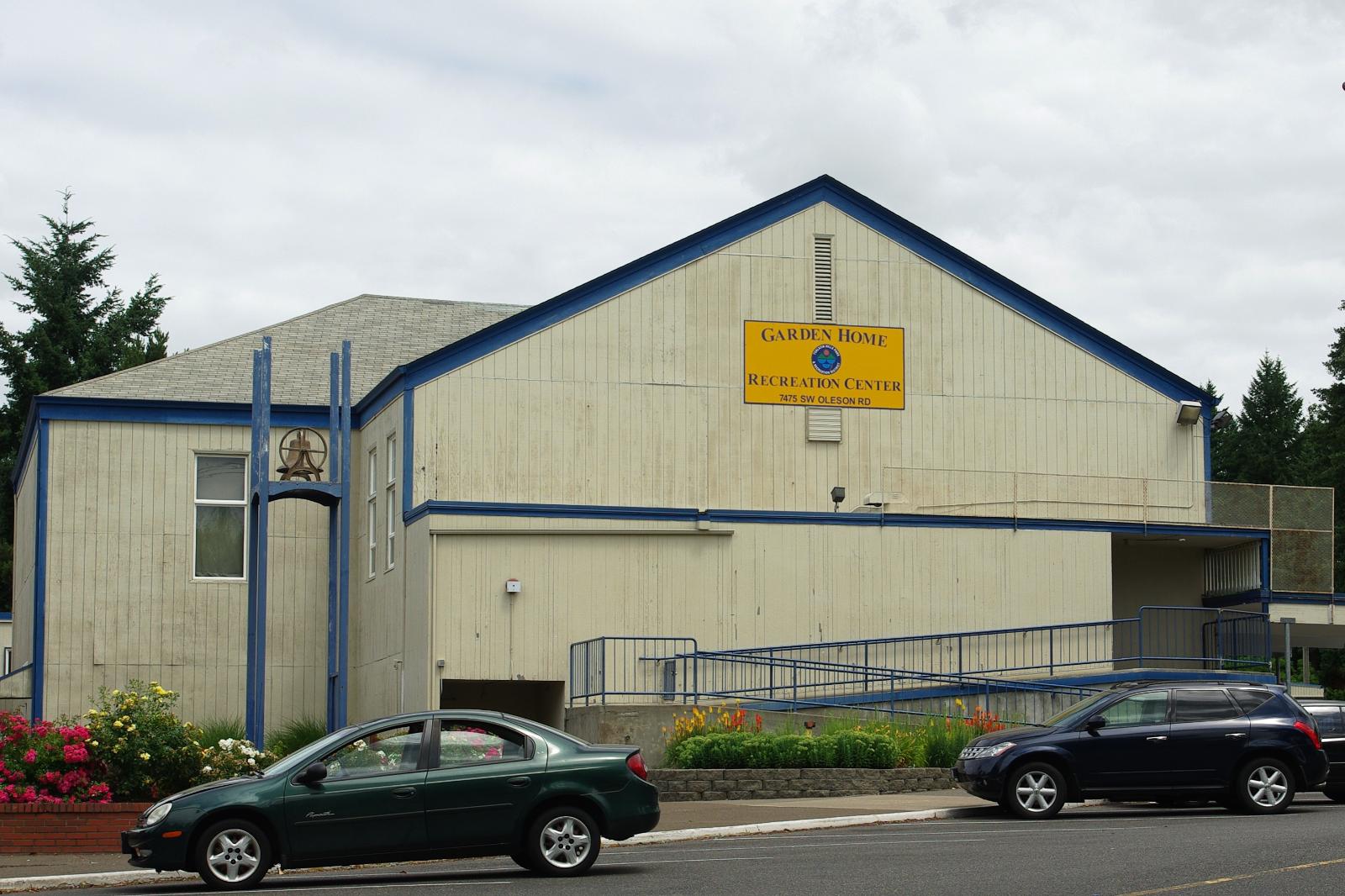
Why are people willing to pay so much to live here? What’s special about it?
Garden Home-Whitford offers a unique mix of suburban quiet and Portland convenience. Residents enjoy tree-lined neighborhoods, established parks, and easy access to major highways that make commutes into the city manageable. Many homes sit on larger lots than typical suburban tracts, giving buyers privacy without sacrificing proximity to shopping and schools.
The community also benefits from its location near Washington Square Mall and the employment centers of Beaverton and Tigard. For families, the presence of respected schools and recreational programs adds to long-term appeal. These combined features help explain why buyers continue to pay premium prices here even through market fluctuations.
How Garden Home-Whitford Rose to Prominence
Originally a farming area southwest of Portland, Garden Home-Whitford developed rapidly after World War II as suburban growth expanded outward. The arrival of shopping centers and new road networks in the mid-20th century connected the community more directly with the city.
By the 1980s, it had become a well-established suburb with a strong identity tied to both convenience and livability. As Portland’s tech and service industries grew, so did the housing demand in nearby Washington County. Garden Home-Whitford was particularly attractive to families seeking mature neighborhoods close to jobs in Beaverton’s Silicon Forest. Today it stands as a stable, upper-middle-class community where values have doubled over time.
3 Interesting Tidbits
1. Historic Ties – The community was once known for its role as a stop along the Oregon Electric Railway in the early 1900s.
2. Community Hub – Garden Home Recreation Center serves as a focal point for youth programs, fitness, and community events.
3. Green Space – Fanno Creek Trail winds through the area, offering residents miles of walking and biking paths.
29. Banks – 121% Home Price Increase Since 2010

- 2010: $292,053
- 2011: $256,367
- 2012: $258,591
- 2013: $285,480
- 2014: $312,581
- 2015: $343,081
- 2016: $385,492
- 2017: $423,911
- 2018: $453,166
- 2019: $469,844
- 2020: $495,356
- 2021: $589,404
- 2022: $671,827
- 2023: $632,040
- 2024: $641,437
- 2025: $644,965
Banks has more than doubled in value since 2010, climbing from $292,053 to $644,965 in 2025. The sharpest appreciation came between 2020 and 2022, when home prices jumped nearly \$180,000 in two years. Even with slight dips since that high point, values remain strong, signaling durable demand for this small but growing community.
Why Banks?

Why are people willing to pay so much to live here? What’s special about it?
Banks is best known as a gateway to the Oregon Coast Range, offering scenic surroundings while still sitting within commuting distance of Portland. Buyers are attracted to the town’s slower pace, affordable acreage, and access to outdoor recreation like hiking and cycling. Families appreciate the strong local schools and community feel, which make it a comfortable place to raise children.
In addition to lifestyle perks, Banks benefits from being a launching point for the Banks-Vernonia State Trail, a regional draw for cyclists and outdoor enthusiasts. Its proximity to Highway 26 also allows residents to work in the metro while returning home to quieter surroundings. These qualities make it one of Washington County’s most appealing smaller towns.
How Banks Rose to Prominence
Founded in the early 1900s as a logging and farming hub, Banks long served as a rural outpost west of Portland. Its population remained small for decades, but improved transportation routes brought suburban spillover from the metro area.
The completion of recreational trails and state park access further cemented Banks as a community with both rural charm and modern appeal. In the 21st century, as families sought more space and affordability outside of the Portland core, Banks began to see rapid appreciation. Custom homes and new subdivisions arrived, bringing steady growth while preserving the area’s small-town character. That balance continues to drive property values upward.
3 Interesting Tidbits
1. Trailhead Town – Banks is the starting point for the 21-mile Banks-Vernonia State Trail.
2. Logging Roots – The community’s early economy was tied closely to timber operations.
3. Small but Growing – Despite rising values, Banks remains home to fewer than 2,000 residents.
28. Sherwood – 116% Home Price Increase Since 2010

- 2010: $299,311
- 2011: $273,973
- 2012: $269,440
- 2013: $303,084
- 2014: $331,923
- 2015: $360,257
- 2016: $402,605
- 2017: $434,045
- 2018: $455,328
- 2019: $465,914
- 2020: $481,943
- 2021: $575,788
- 2022: $670,415
- 2023: $646,536
- 2024: $650,346
- 2025: $645,355
Sherwood has nearly doubled its home values since 2010, now reaching $645,355 in 2025. The city saw rapid appreciation in the 2010s as suburban growth pushed outward from Portland. Even after recent stabilization, prices remain firmly elevated, reflecting long-term strength in this well-established suburb.
Why Sherwood?
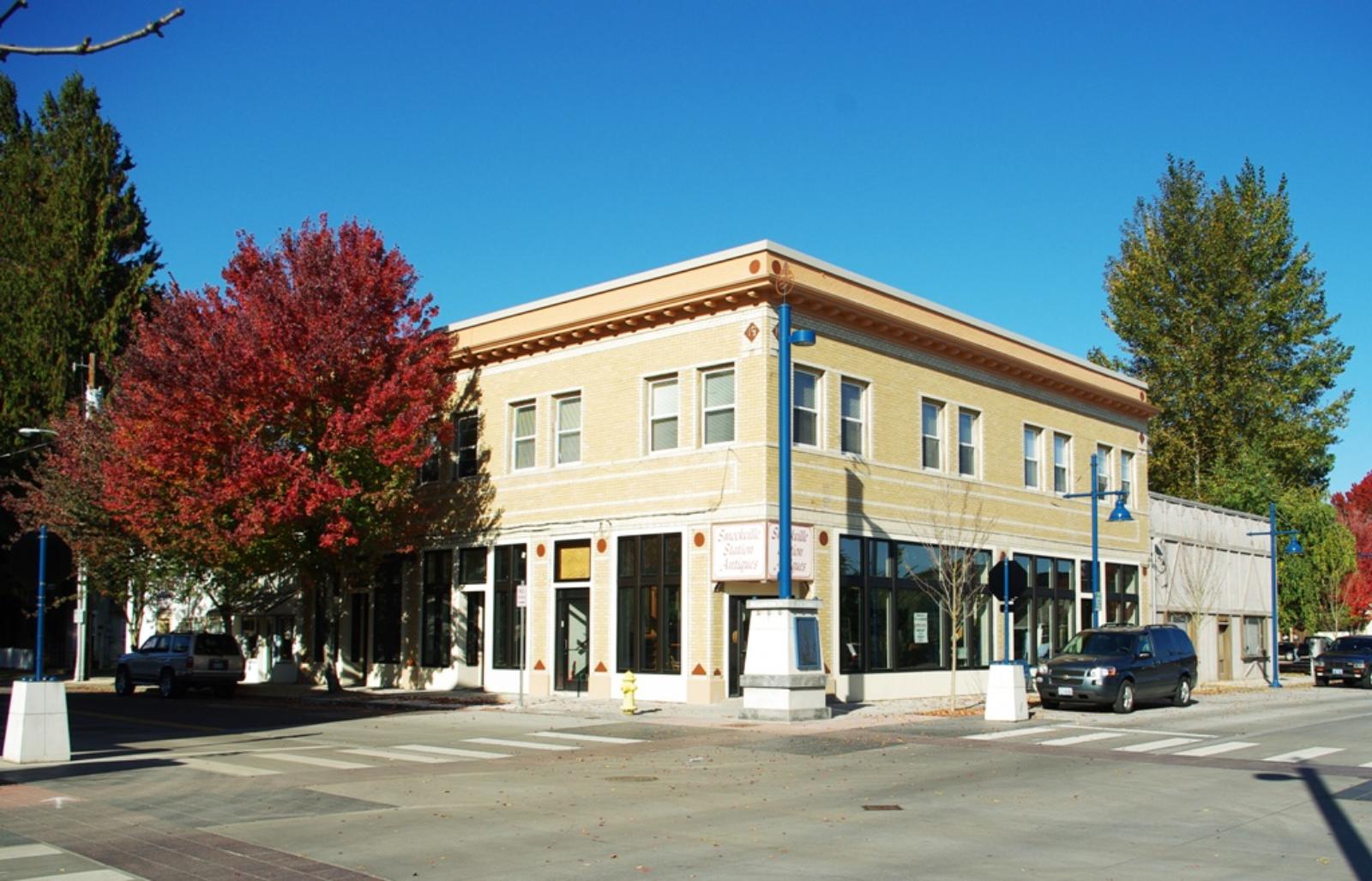
Why are people willing to pay so much to live here? What’s special about it?
Sherwood appeals to families with its award-winning schools, newer subdivisions, and abundance of parks. The community is known for its strong civic pride, with events like the annual Robin Hood Festival drawing crowds each summer.
Many buyers are attracted to its balance of small-town atmosphere with proximity to Portland’s job centers. The city also offers a wide range of recreational amenities, from youth sports to regional wineries located just minutes away. As one of the fastest-growing cities in Oregon during the past two decades, Sherwood has built a reputation as a stable and desirable place to buy a home. Those strengths continue to support high property values.
How Sherwood Rose to Prominence
Once a small farming town, Sherwood began transforming in the late 20th century as the Portland metro expanded south. Its location near Highway 99W and Interstate 5 gave it direct commuter access, sparking waves of residential growth.
Master-planned neighborhoods, quality schools, and commercial centers followed, turning Sherwood into a model suburban community. The city’s careful planning helped preserve community identity while welcoming new development. Today, Sherwood is recognized as one of Oregon’s premier family-oriented suburbs, with housing values that reflect its broad appeal.
3 Interesting Tidbits
1. Festival Fame – Sherwood’s Robin Hood Festival has been held annually since the 1950s.
2. Wine Country – Located on the edge of the Willamette Valley, Sherwood sits close to several acclaimed vineyards.
3. Rapid Growth – Sherwood’s population has more than doubled since 1990.
27. Tualatin – 107% Home Price Increase Since 2010

- 2010: $313,691
- 2011: $283,950
- 2012: $281,979
- 2013: $314,765
- 2014: $341,581
- 2015: $369,035
- 2016: $414,031
- 2017: $445,148
- 2018: $467,869
- 2019: $477,746
- 2020: $495,234
- 2021: $589,291
- 2022: $688,343
- 2023: $657,467
- 2024: $657,274
- 2025: $648,814
Tualatin’s median home values have climbed from $313,691 in 2010 to $648,814 in 2025, more than doubling in 15 years. The city saw particularly steep gains after 2020, reflecting its status as one of Portland’s most convenient suburban hubs. While prices have leveled off since their 2022 high, Tualatin remains a highly desirable market with steady long-term demand.
Why Tualatin?
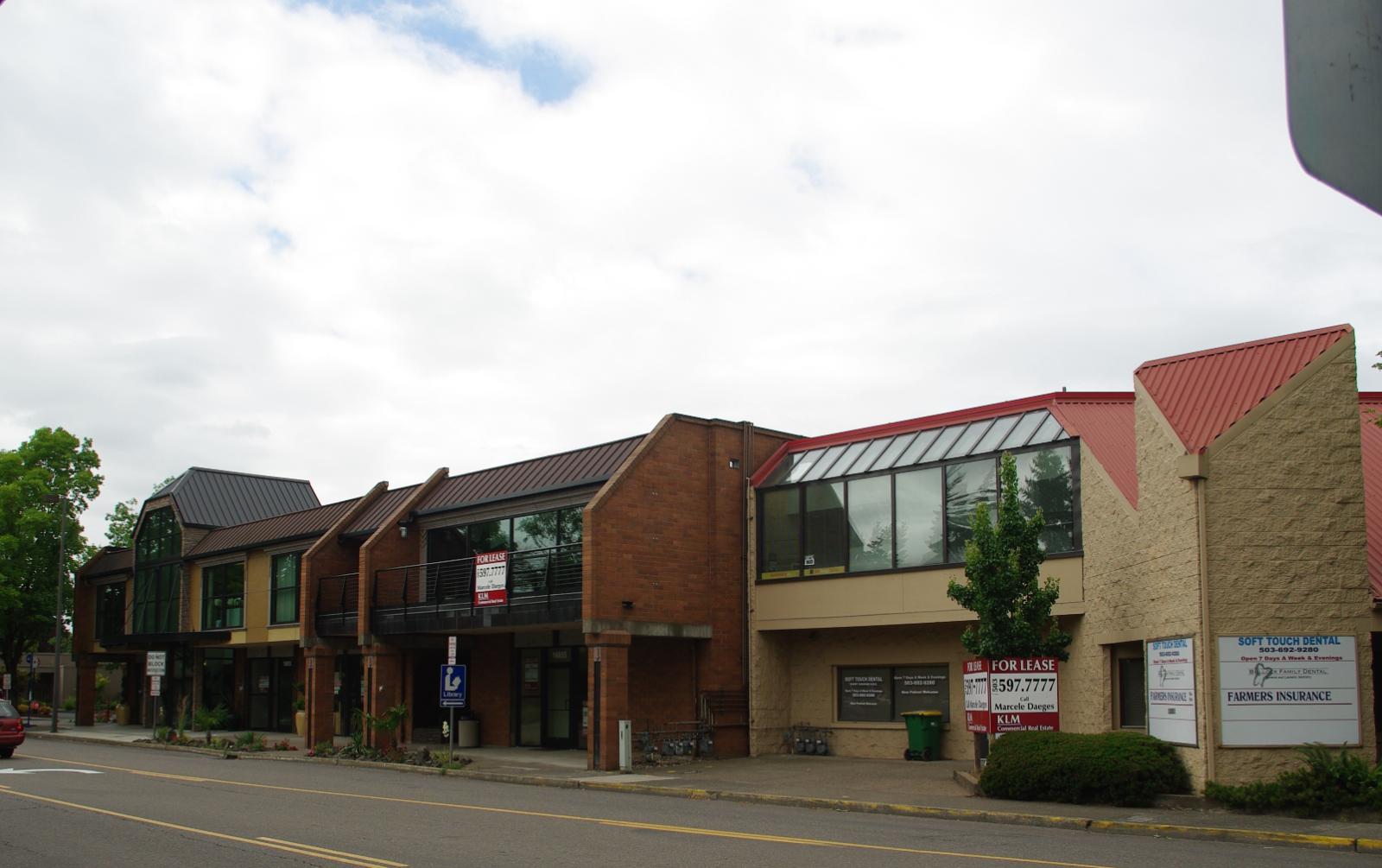
Why are people willing to pay so much to live here? What’s special about it?
Tualatin offers residents a rare combination of suburban convenience and natural amenities. The community is home to Tualatin Commons, a mixed-use town center that serves as a social and commercial hub. Families value the strong schools, abundance of parks, and the easy commute to both downtown Portland and major employers in the Silicon Forest corridor.
The city also benefits from its river access, with Tualatin River National Wildlife Refuge nearby providing recreational opportunities and scenic green space. These features, combined with a strong local economy and retail options, keep demand steady even as prices climb. Buyers see Tualatin as a community that blends lifestyle and location with enduring value.
How Tualatin Rose to Prominence
Tualatin began as a small agricultural settlement in the 1800s, named for the nearby river that flows into the Willamette. Its growth accelerated in the late 20th century when suburban expansion reached the area, bringing residential subdivisions and commercial centers. The arrival of major corporate offices and retail destinations, like Bridgeport Village, cemented Tualatin’s role as a key suburb.
In recent decades, strong transportation links via Interstate 5 and Highway 99W have enhanced commuter convenience, while planned growth preserved community character. This combination of economic opportunity, suburban comfort, and natural amenities propelled Tualatin into Oregon’s top tier of expensive housing markets.
3 Interesting Tidbits
1. Bridgeport Village – One of Oregon’s premier shopping destinations, attracting visitors from across the Portland metro.
2. River Heritage – Named for the Tualatin River, which provides both history and recreation for the community.
3. Festive Spirit – The annual Tualatin Crawfish Festival is one of the region’s oldest community celebrations.
26. Corbett – 148% Home Price Increase Since 2010

- 2010: $265,358
- 2011: $253,759
- 2012: $284,788
- 2013: $310,645
- 2014: $329,445
- 2015: $358,367
- 2016: $407,381
- 2017: $438,673
- 2018: $461,302
- 2019: $472,089
- 2020: $492,260
- 2021: $618,560
- 2022: $684,879
- 2023: $621,505
- 2024: $644,836
- 2025: $659,223
Corbett has seen some of the fastest appreciation in the state, with prices rising from $265,358 in 2010 to $659,223 in 2025. Gains accelerated sharply after 2020 as buyers competed for homes near the Columbia River Gorge. Even with occasional market dips, Corbett’s long-term trajectory reflects its desirability as both a scenic retreat and a commuter community.
Why Corbett?
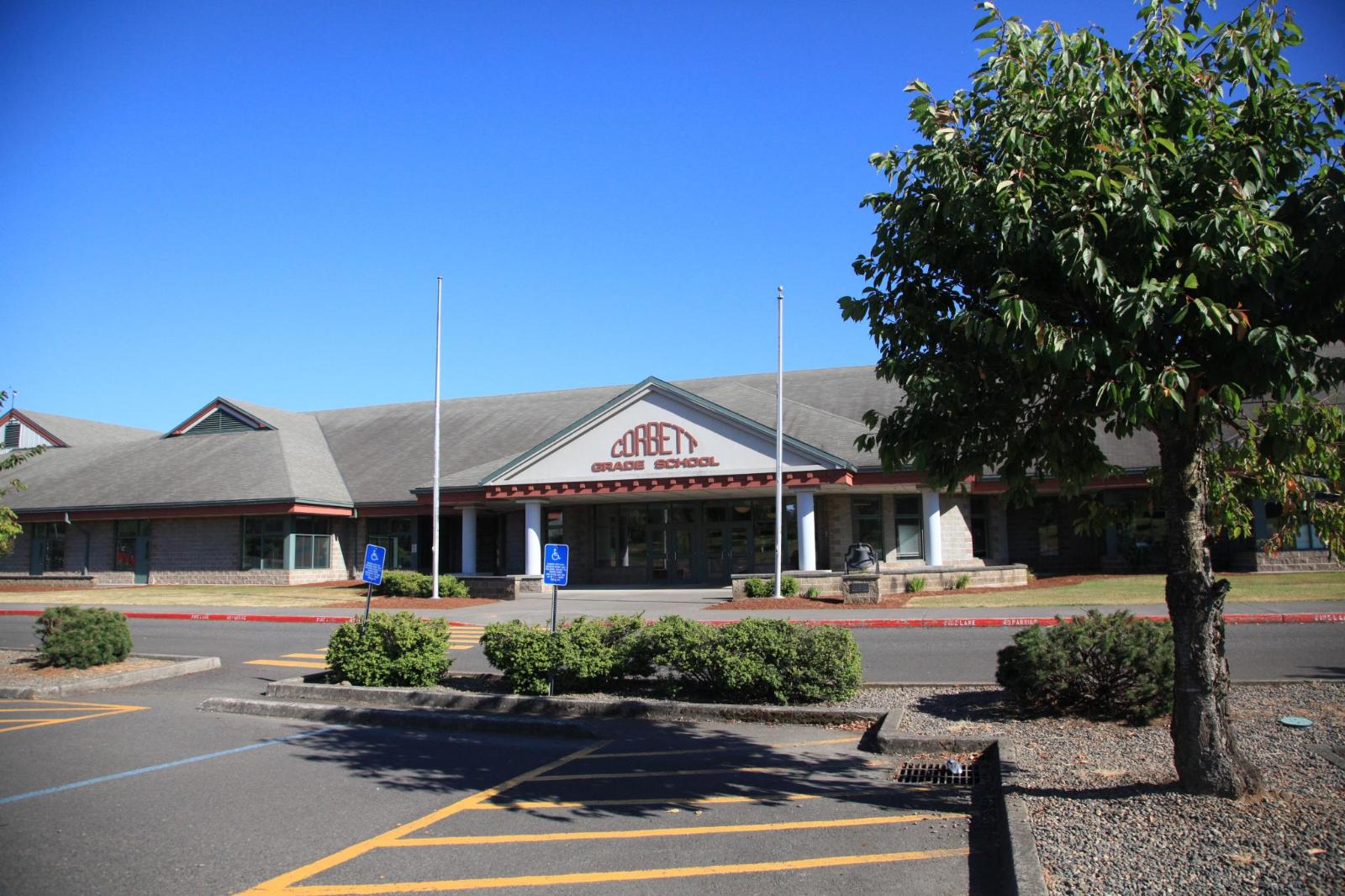
Why are people willing to pay so much to live here? What’s special about it?
Corbett offers unmatched access to natural beauty, sitting at the western edge of the Columbia River Gorge National Scenic Area. Residents enjoy sweeping views, rural privacy, and proximity to world-class hiking trails and waterfalls. At the same time, the community is less than 30 minutes from downtown Portland, giving buyers a unique mix of rural and urban convenience.
Buyers are drawn to larger properties, custom homes, and the tight-knit school district known for its community involvement. Corbett’s location appeals to those seeking peace and natural surroundings without sacrificing access to jobs and services. These factors explain why home values here have risen nearly 150% in 15 years.
How Corbett Rose to Prominence
Originally settled in the late 1800s, Corbett began as a farming community on the edge of Multnomah County. Its name comes from Senator Henry W. Corbett, who purchased land in the area. For much of its history, Corbett remained rural and agricultural, but its position near the Columbia Gorge gave it lasting appeal.
As Portland expanded eastward, Corbett emerged as a desirable location for homeowners seeking space and scenery. Limited housing inventory combined with protected natural areas created a premium market. Today, Corbett is recognized as one of Oregon’s most scenic and exclusive rural communities.
3 Interesting Tidbits
1. Gateway to the Gorge – Corbett is the starting point of the Historic Columbia River Highway Scenic Byway.
2. Small but Strong – Corbett School District consistently earns recognition for academic excellence despite its size.
3. Panoramic Views – Many properties feature direct vistas of the Columbia River and surrounding cliffs.
25. Colton – 120% Home Price Increase Since 2010

- 2010: $301,032
- 2011: $262,804
- 2012: $246,392
- 2013: $267,011
- 2014: $289,749
- 2015: $326,871
- 2016: $365,338
- 2017: $398,569
- 2018: $435,815
- 2019: $457,985
- 2020: $490,903
- 2021: $609,135
- 2022: $682,997
- 2023: $640,946
- 2024: $653,949
- 2025: $661,154
Colton’s market has doubled since 2010, moving from $301,032 to $661,154 in 2025. The steepest surge came in the early 2020s, when values spiked by more than $200,000 in just two years. Despite slight pullbacks since then, the town remains a strong performer with sustained buyer interest in its rural yet accessible location.
Why Colton?
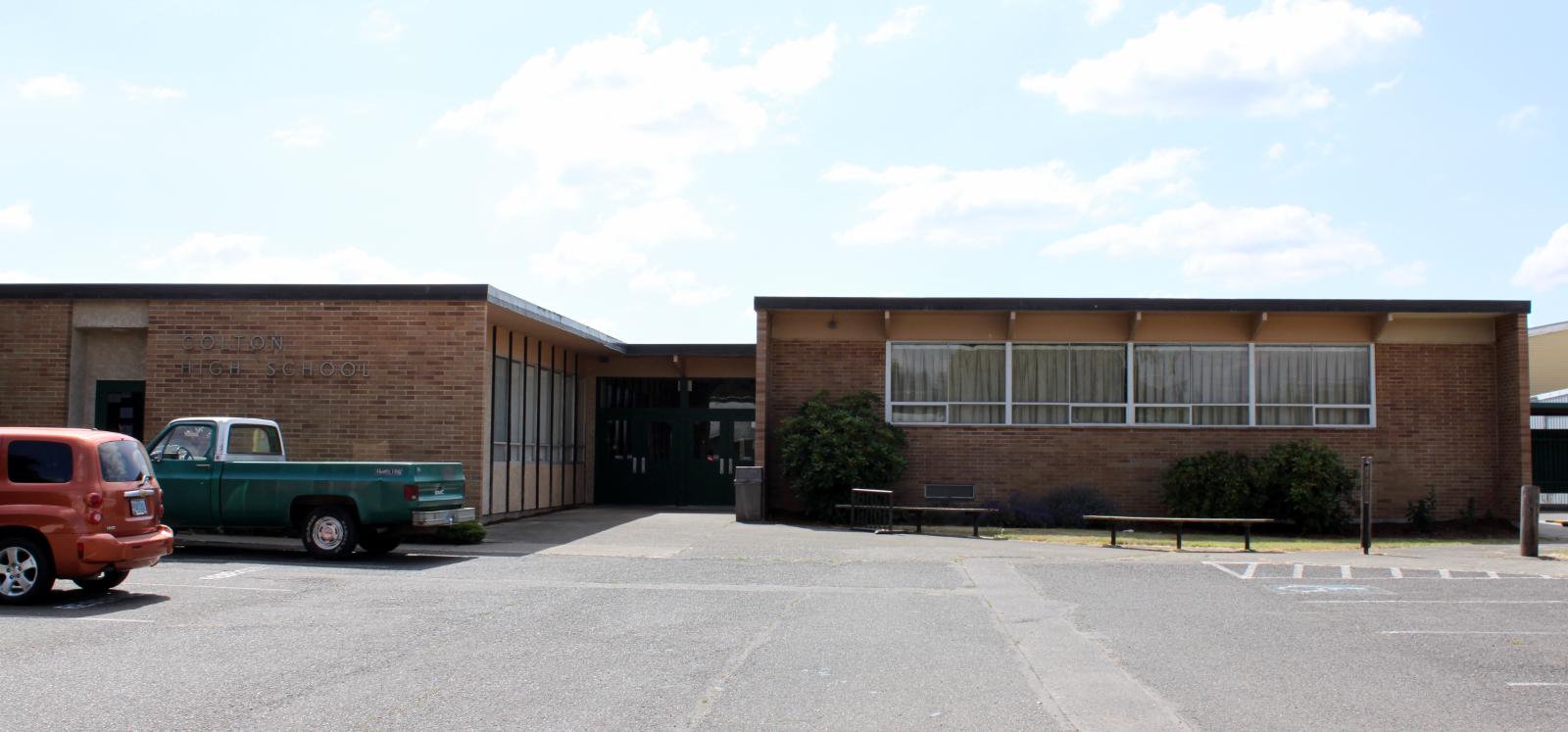
Why are people willing to pay so much to live here? What’s special about it?
Colton appeals to buyers seeking rural living with easy access to the Portland metro. The community is known for its farmland, forested hills, and quiet pace of life. Families and retirees alike value the larger properties and opportunities for custom building, making Colton a strong choice for those who want both space and connection.
Outdoor recreation is another selling point, with rivers, trails, and natural areas surrounding the community. Its position in Clackamas County also provides proximity to employment centers while maintaining a distinctly rural character. These qualities explain why buyers continue to drive up prices despite limited inventory.
How Colton Rose to Prominence
Founded in the late 19th century, Colton began as a Scandinavian farming settlement and retains much of that agricultural identity today. Its rural roots have remained intact, even as suburban growth spread through nearby towns like Estacada and Molalla. This stability has helped preserve Colton’s character while gradually lifting property values.
In recent decades, more buyers have looked toward Colton for acreage and rural privacy within commuting range of Portland. New construction has been limited, keeping supply tight and values strong. That scarcity, combined with scenic surroundings, has pushed Colton into Oregon’s list of most expensive towns.
3 Interesting Tidbits
1. Scandinavian Roots – Colton was settled largely by Swedish and Norwegian immigrants in the late 1800s.
2. Rural Charm – Many homes are located on multi-acre parcels with space for farming or livestock.
3. Natural Access – The community is close to the Molalla River Recreation Corridor, known for fishing and hiking.
24. Pleasant Hill – 118% Home Price Increase Since 2010

- 2010: $306,095
- 2011: $276,639
- 2012: $270,101
- 2013: $287,940
- 2014: $304,949
- 2015: $330,400
- 2016: $362,730
- 2017: $389,786
- 2018: $421,407
- 2019: $448,353
- 2020: $473,992
- 2021: $586,668
- 2022: $665,680
- 2023: $649,725
- 2024: $657,496
- 2025: $667,621
Pleasant Hill has nearly doubled its home prices since 2010, reaching $667,621 in 2025. The town’s strongest surge came after 2020, with values climbing by almost $200,000 in just two years. While prices have stabilized more recently, Pleasant Hill continues to reflect strong buyer demand tied to its rural charm and proximity to Eugene.
Why Pleasant Hill?
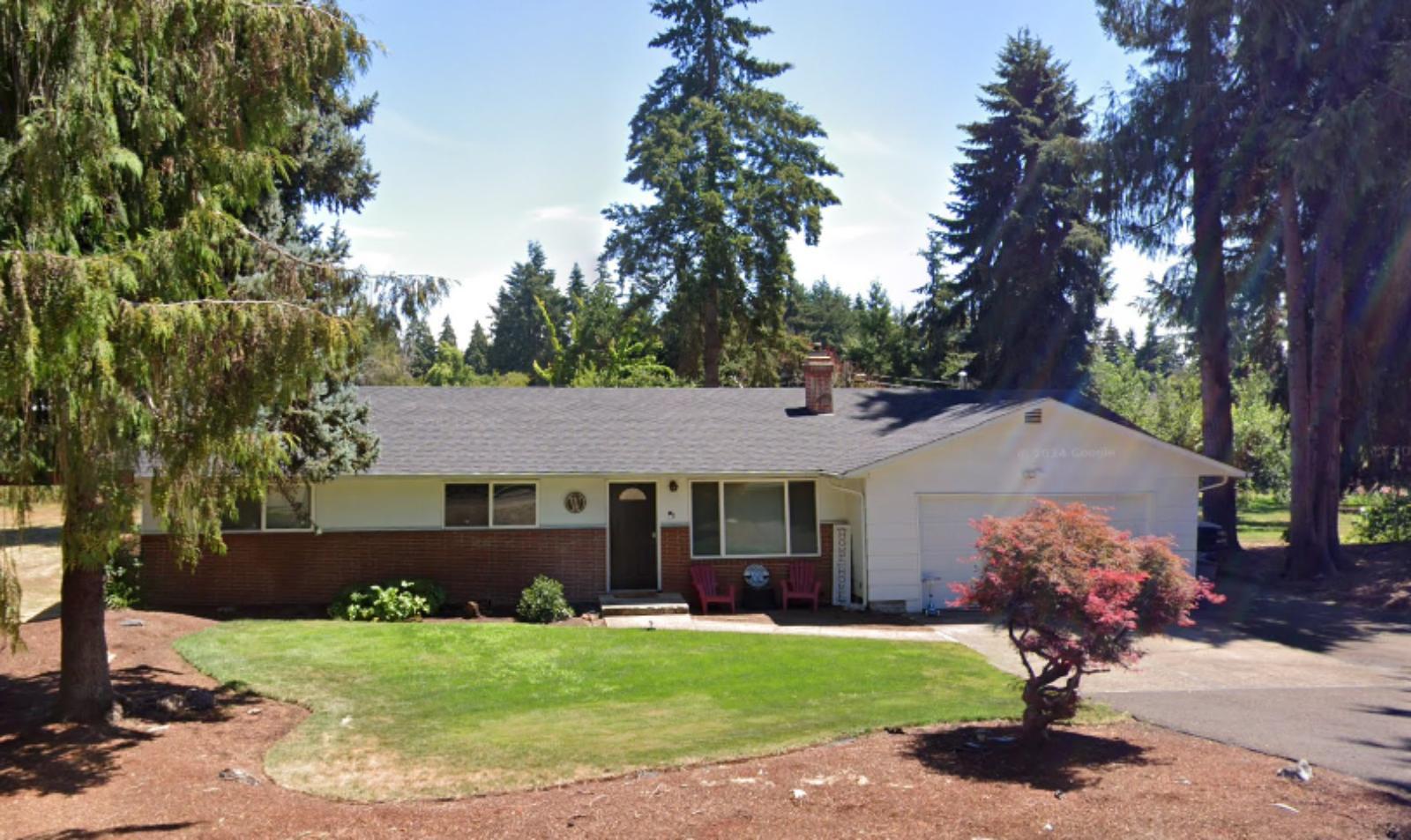
Why are people willing to pay so much to live here? What’s special about it?
Pleasant Hill appeals to families and professionals who want space, privacy, and access to nature while staying close to city conveniences. Its position along Highway 58 makes for an easy commute into Eugene, a major draw for those working in education, healthcare, or tech. Buyers are also attracted to larger lots and custom homes that offer more room than typical city neighborhoods.
Recreation plays a role too, with the McKenzie River and Willamette National Forest within easy reach. The strong reputation of Pleasant Hill schools adds further value for families looking to settle long-term. Together, these factors create a market where prices have appreciated consistently over the past decade and a half.
How Pleasant Hill Rose to Prominence
Pleasant Hill began as a farming community in the 1800s, making its name through agriculture and close ties to Eugene’s markets. Over time, its open land and scenic surroundings made it attractive to residents seeking country living near urban amenities. Development came gradually, helping the community retain its rural identity.
In recent years, as Eugene expanded, Pleasant Hill became a preferred option for buyers wanting more space without sacrificing accessibility. Limited housing supply has kept competition high, pushing values into the top tier of Oregon’s markets. Today, Pleasant Hill represents a blend of small-town roots and modern residential appeal.
3 Interesting Tidbits
1. School Reputation – Pleasant Hill High School is one of the oldest in Lane County, with a history dating back to the late 1800s.
2. Natural Gateway – The town sits along the route to Willamette Pass, a popular recreation corridor for skiing and hiking.
3. Agricultural Ties – Farms and orchards remain a part of the community fabric even as new homes have arrived. —
23. Eagle Creek – 112% Home Price Increase Since 2010

- 2010: $317,725
- 2011: $284,402
- 2012: $260,958
- 2013: $280,598
- 2014: $307,710
- 2015: $337,114
- 2016: $383,850
- 2017: $413,231
- 2018: $452,550
- 2019: $468,715
- 2020: $489,137
- 2021: $600,268
- 2022: $678,822
- 2023: $643,940
- 2024: $665,641
- 2025: $672,843
Home values in Eagle Creek have risen from $317,725 in 2010 to $672,843 in 2025, more than doubling in 15 years. The steepest climb came after 2020, when prices leapt by over $100,000 in a short span. Even with slight cooling since 2022, Eagle Creek remains a competitive market with strong long-term growth.
Why Eagle Creek?
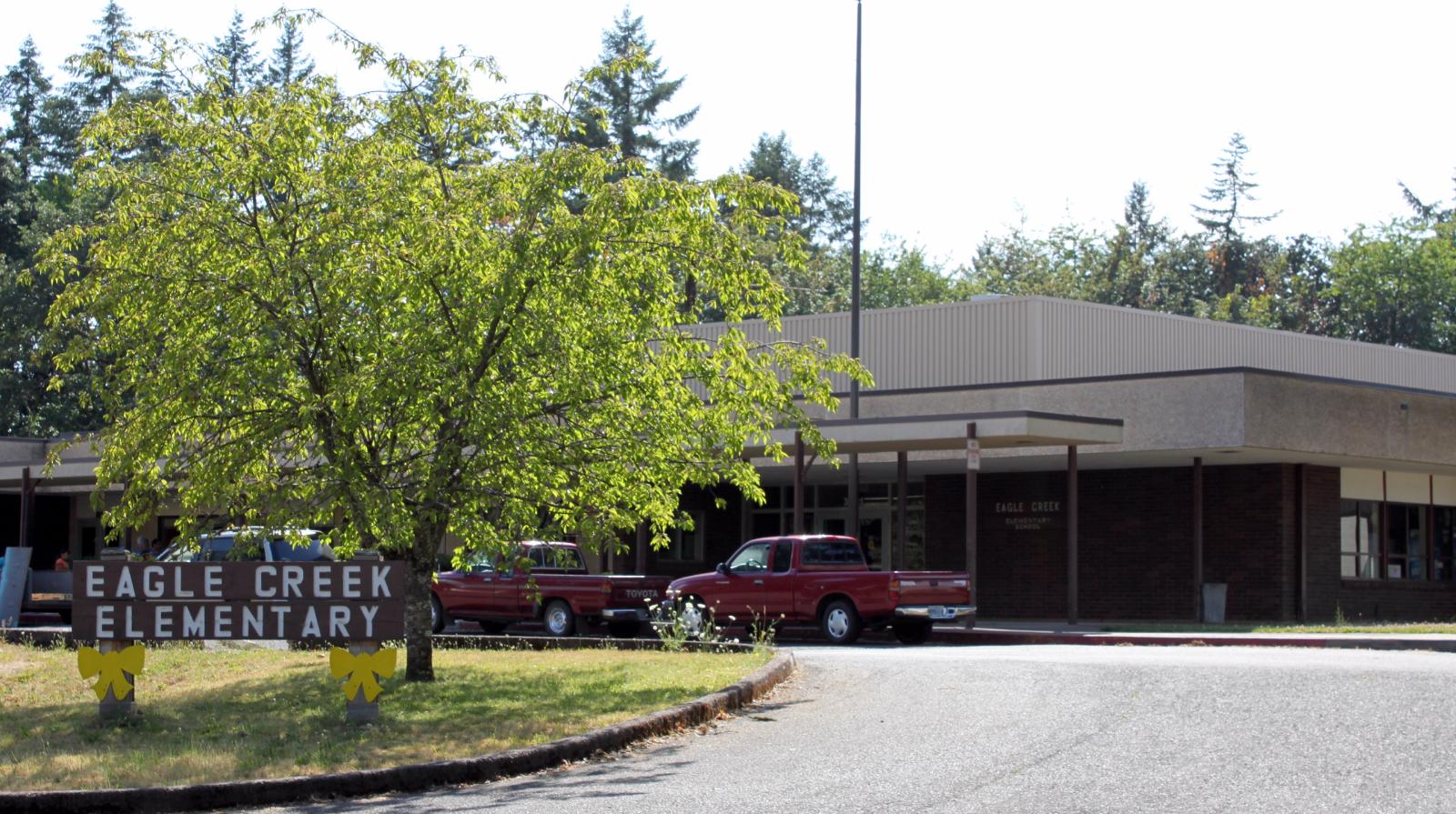
Why are people willing to pay so much to live here? What’s special about it?
Eagle Creek attracts buyers with its wide-open spaces and natural scenery. Located in Clackamas County, it offers easy access to Mount Hood National Forest, making it popular with outdoor enthusiasts. Many properties include larger lots and custom builds, offering a rural lifestyle with plenty of privacy.
The area also appeals to families seeking a quieter pace while remaining within commuting distance of Portland and Gresham. Limited housing stock and strong buyer interest in rural communities have kept prices resilient. For those wanting both natural beauty and accessibility, Eagle Creek offers lasting value.
How Eagle Creek Rose to Prominence
Eagle Creek started as a farming and logging community tied to Clackamas County’s early settlement. Over time, it developed into a rural residential area, offering land and privacy at the edge of the Portland metro. The name itself comes from the nearby creek, a defining geographic feature.
Recent decades brought new interest as buyers sought refuge from crowded suburbs. With demand outpacing limited supply, values have continued to rise steadily. Its mix of rural tradition and modern housing demand has elevated Eagle Creek to one of Oregon’s more expensive communities.
3 Interesting Tidbits
1. Outdoor Gateway – The community provides direct access to recreation in the Cascade foothills.
2. Historic Roots – Early settlers relied on Eagle Creek’s water for farming and milling.
3. Spacious Living – Many properties feature several acres of land, a rarity closer to Portland.
22. Aurora – 116% Home Price Increase Since 2010

- 2010: $311,357
- 2011: $280,103
- 2012: $259,324
- 2013: $284,668
- 2014: $306,024
- 2015: $329,623
- 2016: $373,180
- 2017: $411,336
- 2018: $442,044
- 2019: $461,836
- 2020: $490,738
- 2021: $590,218
- 2022: $675,579
- 2023: $661,318
- 2024: $676,818
- 2025: $673,118
Aurora’s housing market has more than doubled in 15 years, with values climbing from $311,357 in 2010 to $673,118 in 2025. The fastest growth came between 2020 and 2022, when prices jumped by nearly $200,000. Even with recent moderation, Aurora remains one of Oregon’s most sought-after small towns.
Why Aurora?
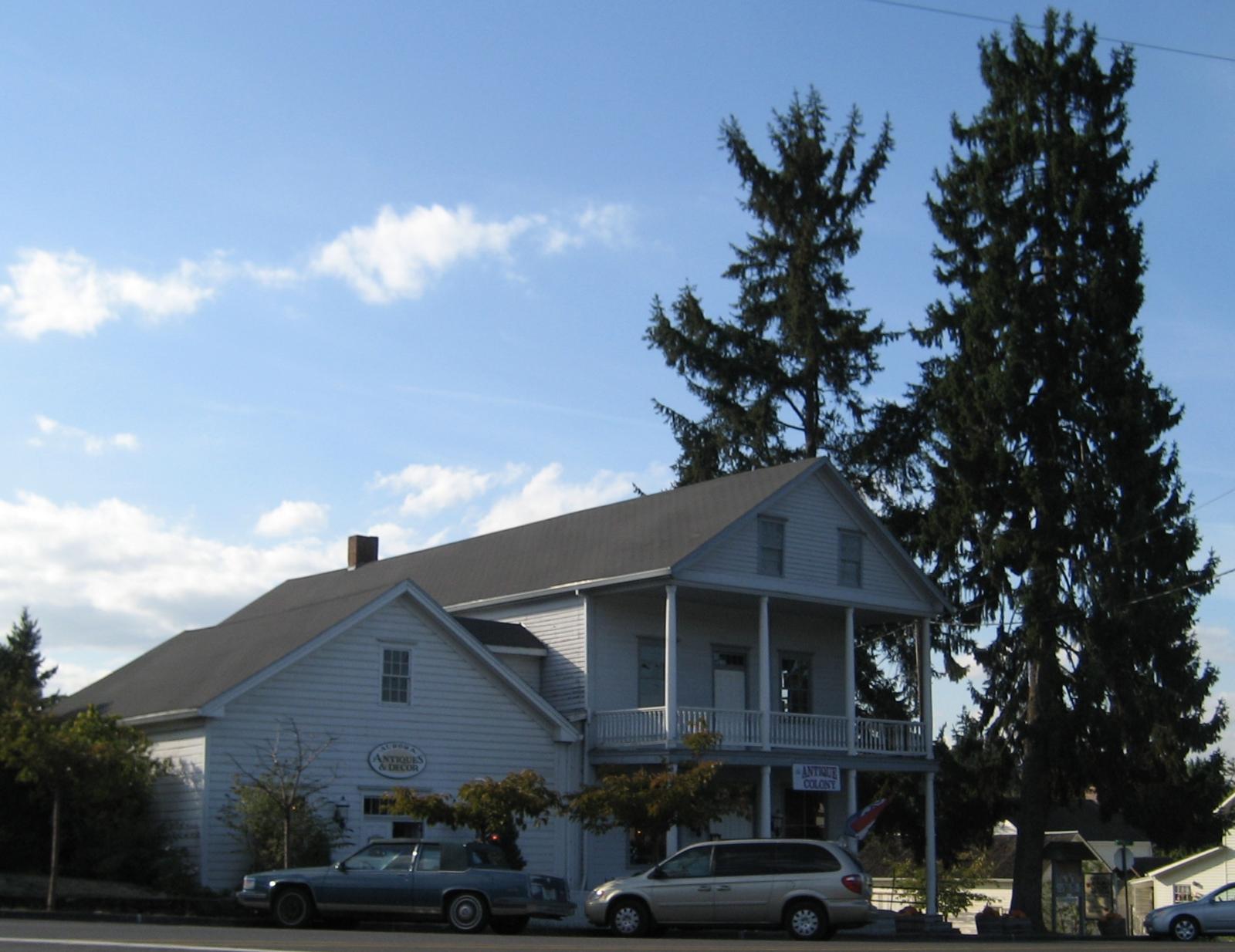
Aurora is celebrated for its historic charm and strong sense of community. Known for its antique district and rich cultural heritage, it draws buyers seeking character alongside modern convenience. The town also benefits from its location along I-5, giving residents easy access to both Portland and Salem.
Many homes are larger and sit on generous lots, making Aurora attractive to families and those seeking more space. Its proximity to the Willamette Valley wine country also adds to its appeal, creating a mix of lifestyle benefits that justify premium home values. Buyers are paying for both charm and convenience here.
How Aurora Rose to Prominence
Aurora was founded in the mid-1800s as a Christian utopian colony, giving it a unique place in Oregon history. Over time, it developed into a rural town with strong agricultural roots. Its downtown historic district, filled with preserved buildings, has become a focal point for tourism and commerce.
As Portland and Salem grew, Aurora’s location between them gained new importance. Its mix of historic preservation and rural atmosphere made it appealing for homebuyers. Limited development has kept inventory tight, contributing to long-term appreciation.
3 Interesting Tidbits
1. Historic Colony – Aurora was founded in 1856 as a utopian religious community.
2. Antique Destination – The Aurora Colony Historic District is a well-known stop for antique shopping.
3. Wine Country Access – Aurora sits at the northern gateway to Oregon’s Willamette Valley wine region.
21. Damascus – 100% Home Price Increase Since 2010

- 2010: $337,682
- 2011: $301,972
- 2012: $281,400
- 2013: $311,734
- 2014: $340,591
- 2015: $367,345
- 2016: $415,269
- 2017: $447,349
- 2018: $478,408
- 2019: $491,279
- 2020: $516,684
- 2021: $616,004
- 2022: $699,877
- 2023: $664,747
- 2024: $672,843
- 2025: $675,534
Damascus home values have exactly doubled since 2010, moving from $337,682 to $675,534 by 2025. The most dramatic gains came between 2020 and 2022, when prices surged by nearly $200,000. Though appreciation has since slowed, values remain high thanks to the town’s suburban-rural appeal.
Why Damascus?

Damascus offers residents large parcels, open space, and quiet surroundings, all within reach of Portland. Families are drawn to the rural atmosphere, excellent schools, and the availability of custom homes on multi-acre lots. For buyers, the appeal lies in getting both privacy and access to big-city amenities.
The community also benefits from its location near Mount Hood and the Clackamas River, offering abundant outdoor recreation. Limited new housing supply ensures demand remains strong, helping keep property values steady. This balance of space, schools, and location keeps Damascus among Oregon’s most expensive housing markets.
How Damascus Rose to Prominence
Damascus was settled in the mid-1800s as an agricultural community, with farms and orchards dominating the landscape. It remained rural for decades, only experiencing more significant suburban growth as Portland expanded eastward. The city’s incorporation in 2004 reflected its transformation into a modern residential area.
Even after disincorporation in 2016, Damascus retained its identity as a semi-rural suburb with high property values. Buyers seeking acreage close to Portland have kept demand strong, ensuring long-term appreciation. Its blend of history, space, and location continues to sustain its market strength.
3 Interesting Tidbits
1. City Status – Damascus incorporated in 2004 but later disincorporated in 2016, a rare move in Oregon.
2. Historic Roots – The area has been farmed since the 1800s, with some family farms still operating today.
3. Outdoor Access – Close to Mount Hood National Forest and the Clackamas River, both major recreation draws.
20. Gaston – 140% Home Price Increase Since 2010

- 2010: $285,442
- 2011: $257,637
- 2012: $257,017
- 2013: $283,302
- 2014: $306,947
- 2015: $330,848
- 2016: $370,950
- 2017: $410,287
- 2018: $443,439
- 2019: $463,082
- 2020: $495,564
- 2021: $613,747
- 2022: $693,246
- 2023: $661,749
- 2024: $687,672
- 2025: $684,054
Gaston’s home values have surged 140% since 2010, climbing from $285,442 to $684,054 in 2025. The strongest run-up occurred after 2020, when prices jumped by more than $200,000 in just two years. While prices have moderated slightly since 2022, Gaston remains firmly in Oregon’s higher-value tier.
Why Gaston?
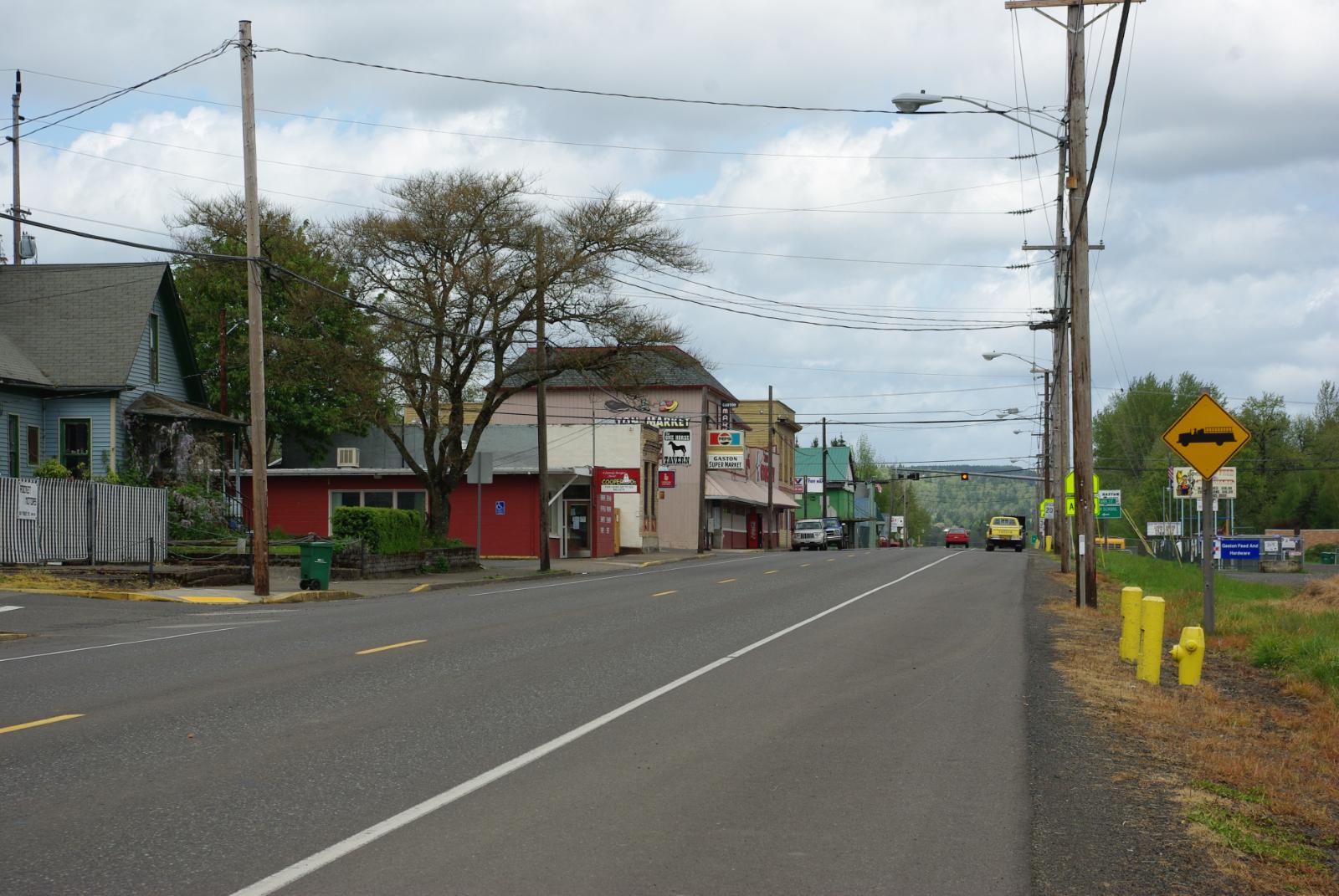
Gaston sits at the gateway to Oregon’s wine country, making it attractive for buyers seeking scenic surroundings and access to vineyards. The community offers small-town living with easy access to both Portland and Hillsboro. Larger lots and rural charm add to its draw, especially for buyers seeking more space than the suburbs allow.
The area’s reputation for outdoor recreation, from hiking trails to local lakes, adds further appeal. Its strong schools and small but close-knit community make it a desirable place for families. These combined strengths explain Gaston’s significant rise in home values.
How Gaston Rose to Prominence
Founded in the late 1800s, Gaston began as a mill and railroad town supporting Washington County’s early logging industry. Its agricultural and timber roots remain visible in the surrounding landscape. In the 20th century, its location along Highway 47 made it an accessible rural community with ties to both agriculture and wine production.
As Portland’s metro grew, Gaston became an appealing option for those seeking a quieter lifestyle within commuting distance of urban jobs. Limited housing supply, combined with growing recognition of Oregon’s wine industry, drove demand higher. This gradual but steady rise explains Gaston’s place among the state’s more expensive markets.
3 Interesting Tidbits
1. Wine Country – Gaston is surrounded by vineyards and sits near some of Oregon’s most acclaimed wineries.
2. Historic Ties – The town was named after pioneer Joseph Gaston, who helped bring the railroad to the region.
3. Outdoor Draw – Nearby Hagg Lake is a regional destination for boating, fishing, and hiking.
19. Happy Valley – 105% Home Price Increase Since 2010

- 2010: $338,856
- 2011: $314,914
- 2012: $310,736
- 2013: $339,188
- 2014: $373,189
- 2015: $403,837
- 2016: $447,504
- 2017: $479,661
- 2018: $502,311
- 2019: $506,481
- 2020: $528,855
- 2021: $627,853
- 2022: $718,851
- 2023: $692,034
- 2024: $693,420
- 2025: $694,814
Happy Valley’s housing market has more than doubled since 2010, rising from $338,856 to $694,814 in 2025. Growth accelerated sharply between 2020 and 2022, when values surged nearly $200,000 in just two years. Though prices cooled slightly afterward, the community remains one of the Portland area’s most desirable suburbs.
Why Happy Valley?
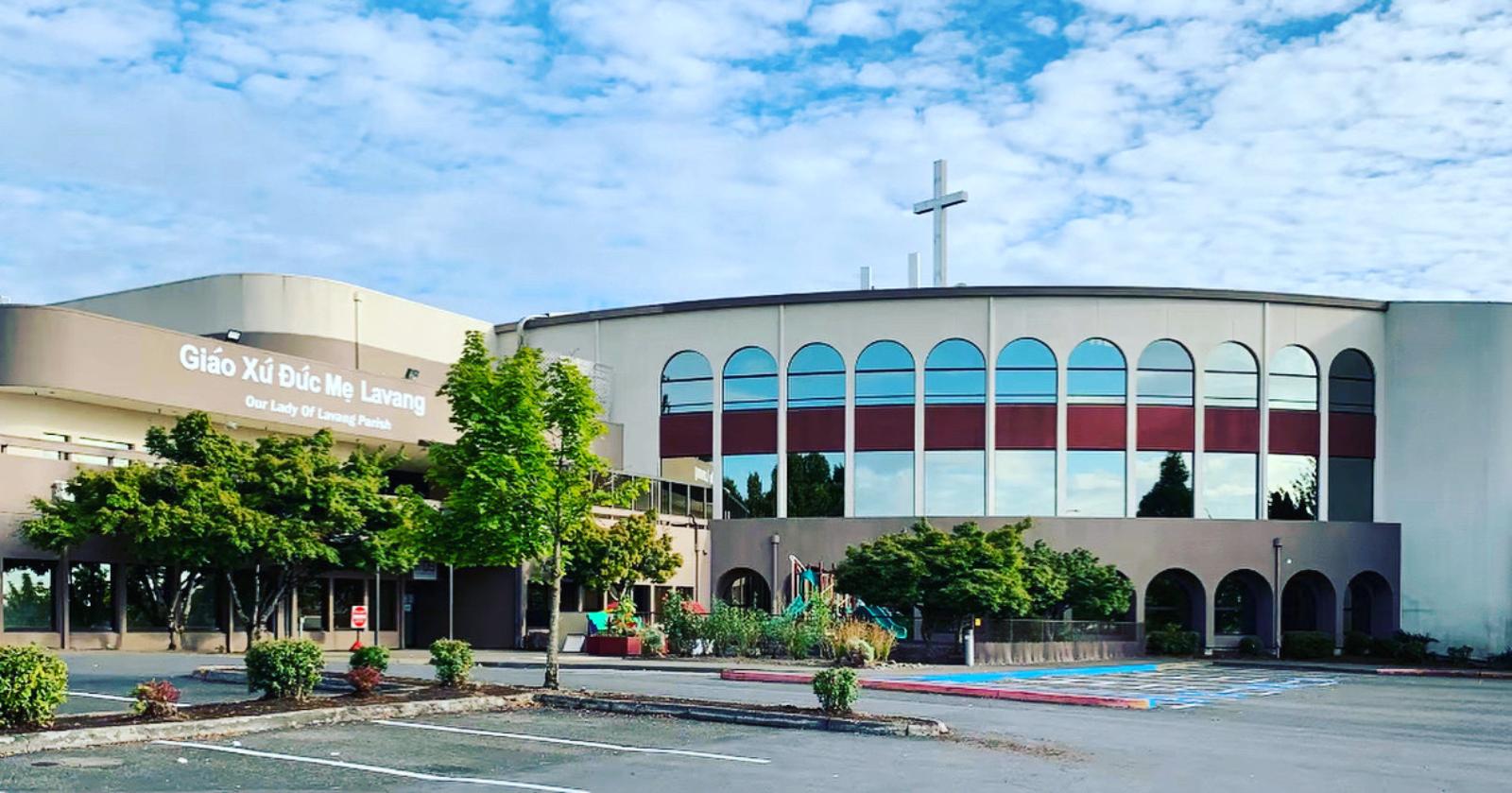
Why are people willing to pay so much to live here? What’s special about it?
Happy Valley appeals to families looking for upscale suburban living with convenient access to Portland jobs. The city offers well-planned neighborhoods, excellent schools, and a growing network of parks and recreation spaces. Buyers are especially drawn to its modern housing stock and larger homes compared with older inner-ring suburbs.
Shopping, dining, and entertainment options have expanded alongside residential growth, making Happy Valley increasingly self-sufficient. The combination of new amenities, strong schools, and safe neighborhoods ensures steady buyer interest. For many, it strikes the right balance between suburban comfort and urban accessibility.
How Happy Valley Rose to Prominence
Happy Valley began as a rural farming area on Portland’s southeastern edge. Residential development didn’t take off until the late 20th century, when demand for suburban housing pushed into Clackamas County. The city incorporated in 1965 but remained small until rapid expansion began in the 1990s and 2000s.
As Portland’s population grew, Happy Valley became a prime location for new subdivisions and larger single-family homes. Its proximity to highways and the MAX light rail system added convenience for commuters. Today, it’s one of the metro’s fastest-growing and highest-value housing markets.
3 Interesting Tidbits
1. Mountain Views – Many neighborhoods offer sweeping views of Mount Hood and the Cascade Range
2. Fast Growth – Happy Valley has consistently ranked among Oregon’s fastest-growing cities over the past two decades.
3. Community Parks – The city maintains an expanding system of parks and trails, including the popular Mount Talbert Nature Park.
18. Mount Hood Parkdale – 121% Home Price Increase Since 2010

- 2010: $316,084
- 2011: $309,067
- 2012: $312,881
- 2013: $334,692
- 2014: $356,456
- 2015: $385,132
- 2016: $407,054
- 2017: $447,033
- 2018: $479,363
- 2019: $505,760
- 2020: $535,180
- 2021: $692,813
- 2022: $768,113
- 2023: $710,285
- 2024: $719,056
- 2025: $697,331
Mount Hood Parkdale home values climbed from $316,084 in 2010 to $697,331 in 2025, marking a 121% increase. The most dramatic surge came during the pandemic years, when demand for scenic, rural living spiked. Prices have eased slightly since 2022, but the community remains firmly among Oregon’s most expensive rural areas.
Why Mount Hood Parkdale?
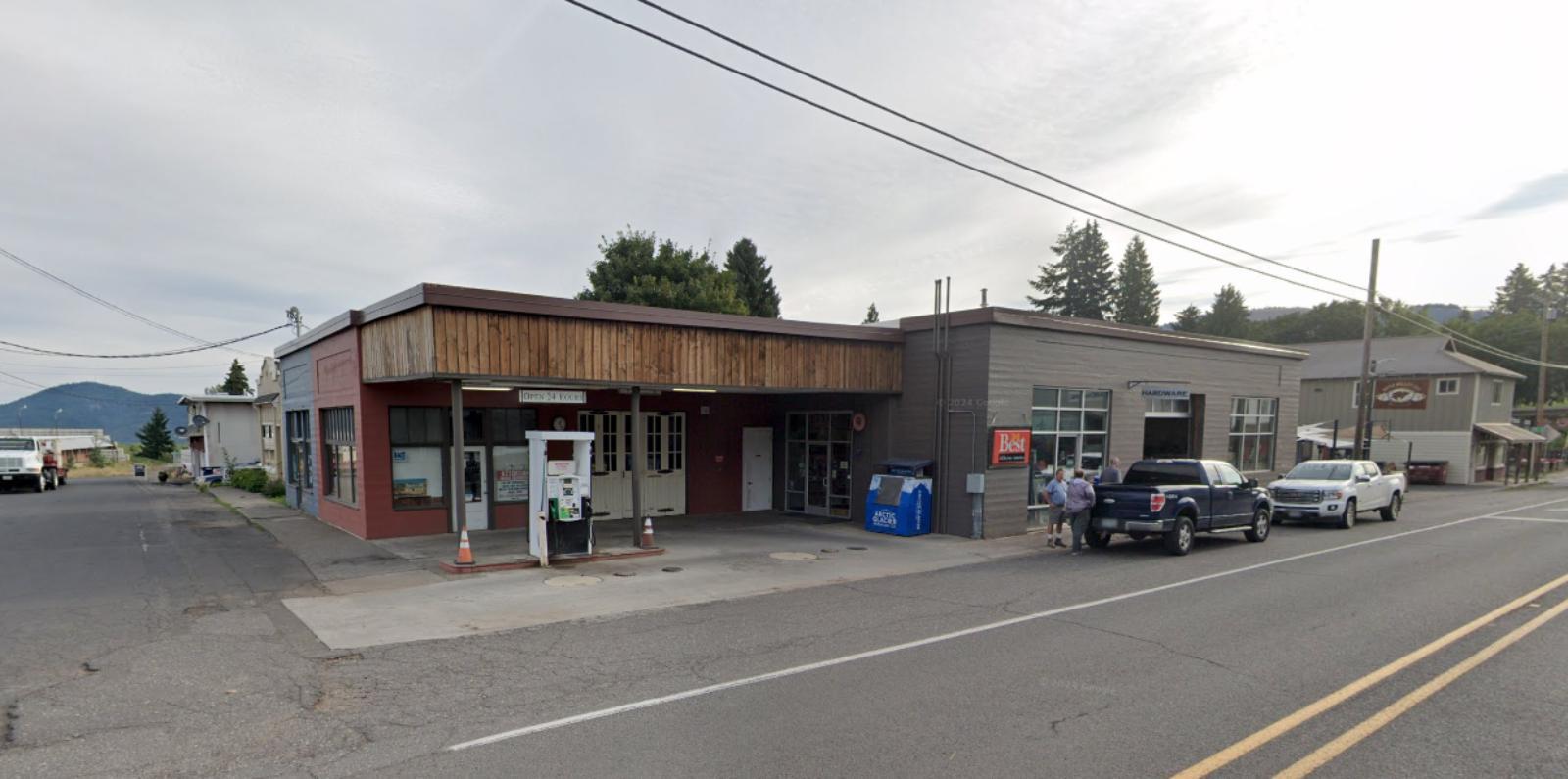
Why are people willing to pay so much to live here? What’s special about it?
This Hood River County community attracts buyers with its incredible scenery and access to outdoor recreation. Nestled between orchards and the base of Mount Hood, Parkdale offers sweeping views, open space, and a quiet rural lifestyle. Many homes sit on large lots or acreage, appealing to buyers seeking space and privacy.
Recreation is a central draw, with skiing, hiking, and river activities all nearby. The area’s agricultural heritage, particularly in fruit orchards, adds character and economic stability. Together, these qualities make Parkdale attractive for those willing to pay premium prices for lifestyle and setting.
How Mount Hood Parkdale Rose to Prominence
Parkdale grew as an agricultural hub in the early 20th century, centered on apple and pear orchards that remain important today. Its location at the base of Mount Hood gave it both economic and recreational significance. While farming anchored the community for decades, tourism and second-home buyers expanded its market in recent years.
The rise of remote work further boosted interest, as more buyers sought rural living with access to outdoor adventure. Limited housing supply has kept demand high, fueling appreciation. Parkdale’s unique blend of agriculture, scenery, and recreation continues to sustain its housing market strength.
3 Interesting Tidbits
1. Fruit Loop – Parkdale sits along the famous Hood River Fruit Loop, a scenic driving route lined with orchards and farm stands.
2. Historic Railway – The Mount Hood Railroad once ran through Parkdale, connecting farms to markets in Hood River.
3. Scenic Setting – The town offers some of Oregon’s best views of Mount Hood, framed by farmland and forests.
17. Hood River – 127% Home Price Increase Since 2010

- 2010: $312,263
- 2011: $298,391
- 2012: $298,887
- 2013: $318,289
- 2014: $336,829
- 2015: $356,913
- 2016: $388,087
- 2017: $432,277
- 2018: $472,620
- 2019: $490,567
- 2020: $511,089
- 2021: $634,307
- 2022: $722,376
- 2023: $704,108
- 2024: $713,878
- 2025: $707,828
Hood River’s home values have surged 127% since 2010, rising from $312,263 to $707,828 in 2025. Appreciation was especially strong from 2020 to 2022, reflecting increased demand for lifestyle-driven markets. Even with slight cooling, Hood River remains one of Oregon’s premier destinations for both full-time and second-home buyers.
Why Hood River?

Why are people willing to pay so much to live here? What’s special about it?
Hood River offers a rare mix of small-town charm, world-class recreation, and access to the Columbia River Gorge. It’s a global hotspot for windsurfing and kiteboarding, while also drawing skiers, hikers, and mountain bikers. The vibrant downtown features breweries, restaurants, and shops that appeal to both residents and visitors.
The area’s schools and quality of life have made it popular with families, while remote workers value its connectivity. Scenic beauty and outdoor recreation remain its biggest selling points. Together, these elements keep Hood River firmly among Oregon’s most desirable towns.
How Hood River Rose to Prominence
Founded as a farming community in the late 1800s, Hood River initially thrived on fruit orchards and timber. Its location along the Columbia River made it a transportation hub. In the late 20th century, recreation began to reshape its identity as windsurfing and outdoor tourism exploded.
The rise of the Gorge as a premier recreation destination drew national attention, fueling real estate growth. Hood River balanced its agricultural roots with tourism and residential demand, keeping its market strong. Today, it represents one of Oregon’s best examples of a recreation-driven housing boom.
3 Interesting Tidbits
1. Windsurfing Capital – Known worldwide for its consistent Columbia River winds.
2. Fruit Orchards – Hood River Valley produces apples, pears, and cherries that support the local economy.
3. Gorge Gateway – Serves as a main hub for exploring the Columbia River Gorge National Scenic Area.
16. Mulino – 118% Home Price Increase Since 2010

- 2010: $327,874
- 2011: $282,609
- 2012: $271,503
- 2013: $300,574
- 2014: $324,361
- 2015: $355,810
- 2016: $404,362
- 2017: $437,262
- 2018: $484,294
- 2019: $505,918
- 2020: $531,758
- 2021: $648,352
- 2022: $734,071
- 2023: $687,570
- 2024: $700,380
- 2025: $714,270
Mulino home values climbed from $327,874 in 2010 to $714,270 in 2025, a 118% increase. The sharpest growth came in 2020–2022, when prices jumped by more than $200,000. Even after some cooling, Mulino continues to attract steady demand, keeping it among Oregon’s higher-value communities.
Why Mulino?

Why are people willing to pay so much to live here? What’s special about it?
Buyers come to Mulino for space, privacy, and rural character just outside the Portland metro. Properties often include acreage, barns, or room for hobby farms, appealing to those seeking a country lifestyle. At the same time, proximity to Canby and Oregon City ensures access to shopping, schools, and services.
Outdoor recreation is another factor, with the Molalla River and Cascade foothills nearby. Families and retirees alike value the slower pace while maintaining access to jobs and conveniences. This blend of rural and suburban features has driven long-term price growth.
How Mulino Rose to Prominence
Mulino originated as a farming community along the Molalla River, with agriculture shaping its early economy. The town remained rural for much of its history, gradually adding residential development as the Portland area expanded. Its agricultural identity still defines the landscape.
In recent decades, larger parcels and hobby farms made Mulino attractive to a new wave of buyers. As suburban communities filled up, those seeking space turned here. That demand, combined with limited housing stock, explains Mulino’s significant appreciation since 2010.
3 Interesting Tidbits
1. Name Origin – Mulino is named after a flour mill built along Milk Creek in the 1800s.
2. Rural Character – Many properties include barns, pastures, and farmland.
3. Molalla River – The nearby river is popular for fishing, kayaking, and summer swimming.
15. Boring – 103% Home Price Increase Since 2010

- 2010: $359,300
- 2011: $316,567
- 2012: $301,366
- 2013: $325,365
- 2014: $351,111
- 2015: $383,654
- 2016: $434,961
- 2017: $455,066
- 2018: $490,777
- 2019: $506,852
- 2020: $541,252
- 2021: $658,892
- 2022: $739,205
- 2023: $693,447
- 2024: $721,515
- 2025: $728,360
Boring’s home values have more than doubled since 2010, rising from $359,300 to $728,360 in 2025. The market gained momentum after 2020, with a particularly sharp surge through 2022. Even with slight cooling in 2023, prices remain elevated and reflect the community’s enduring appeal.
Why Boring?
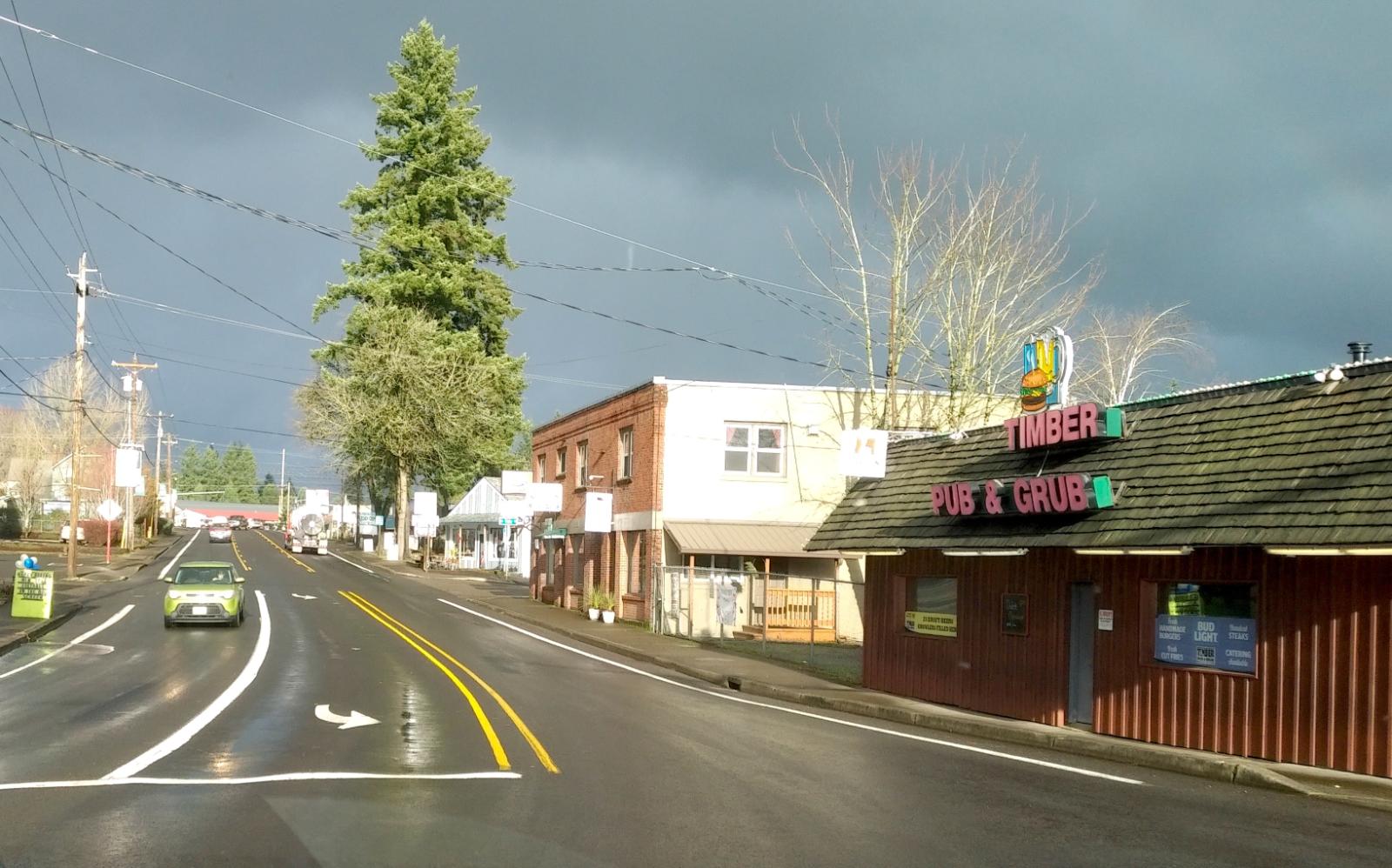
Why are people willing to pay so much to live here? What’s special about it?
Boring draws buyers with its wide-open spaces and rural feel just outside the Portland metro. Families and retirees are attracted to the large parcels, custom homes, and opportunities for farming or equestrian living. At the same time, major retail and employment centers are just a short drive away, offering both convenience and space.
The town also benefits from its location near Mount Hood, giving residents quick access to year-round recreation. Boring’s semi-rural charm and strong community ties create lasting value. Buyers are willing to pay more here for both lifestyle and location.
How Boring Rose to Prominence
Boring was founded in the late 1800s and named after William Boring, a Civil War veteran who settled in the area. It remained a small farming town for much of its history. As the Portland metro expanded, Boring’s large tracts of land became attractive for residential development.
In recent decades, the rise of remote work and demand for rural property close to urban areas further fueled its growth. Today, Boring is a sought-after location for those seeking a balance of space, community, and proximity to the city. That combination has driven steady appreciation.
3 Interesting Tidbits
1. Unique Name – Despite its “boring” name, the town embraces it with humor and even partners with Dull, Scotland, for cultural events.
2. Equestrian Hub – Many properties include stables and riding areas, reflecting its horse-friendly culture.
3. Mount Hood Access – Residents enjoy quick drives to skiing, hiking, and mountain recreation.
14. Bend – 201% Home Price Increase Since 2010

- 2010: $247,010
- 2011: $235,853
- 2012: $237,836
- 2013: $278,615
- 2014: $319,899
- 2015: $357,054
- 2016: $394,349
- 2017: $425,466
- 2018: $458,757
- 2019: $474,511
- 2020: $507,316
- 2021: $692,029
- 2022: $805,833
- 2023: $738,816
- 2024: $763,468
- 2025: $742,490
Bend has seen one of the most dramatic rises in Oregon, with home values soaring 201% since 2010. Prices climbed from $247,010 to $742,490 in just 15 years, fueled by both steady growth and sharp spikes in the early 2020s. While prices eased slightly after 2022, Bend remains a premier destination in the state’s housing market.
Why Bend?

Why are people willing to pay so much to live here? What’s special about it?
Bend has become synonymous with outdoor adventure and high-desert living. Residents enjoy access to skiing at Mount Bachelor, endless hiking and biking trails, and the scenic Deschutes River that runs through town. The city also boasts a lively downtown with craft breweries, restaurants, and cultural events that draw visitors from across the country.
Families, retirees, and remote workers are attracted by the mix of natural beauty and modern amenities. Bend’s reputation as one of the West’s fastest-growing cities has kept demand steady. Buyers pay premium prices here for the unique blend of lifestyle and location.
How Bend Rose to Prominence
Originally a logging town, Bend transitioned into a recreation hub as timber declined in the late 20th century. Tourism grew rapidly with the popularity of skiing, river sports, and Central Oregon’s natural landscapes. Over time, the influx of second-home buyers and outdoor enthusiasts reshaped Bend’s economy and housing market.
The pandemic years supercharged this trend, with remote workers flocking to Bend for its quality of life. New construction raced to keep up, but limited land supply kept prices high. Today, Bend stands as one of Oregon’s most expensive and fastest-appreciating housing markets.
3 Interesting Tidbits
1. Brewery Capital – Bend has one of the highest numbers of breweries per capita in the U.S.
2. Outdoor Mecca – The town offers year-round access to skiing, hiking, rafting, and climbing.
3. Rapid Growth – Bend has consistently ranked among the fastest-growing metro areas in the nation.
13. Rickreall – 116% Home Price Increase Since 2010

- 2010: $344,429
- 2011: $326,013
- 2012: $321,599
- 2013: $341,373
- 2014: $363,537
- 2015: $387,956
- 2016: $429,363
- 2017: $465,566
- 2018: $513,990
- 2019: $519,567
- 2020: $558,477
- 2021: $693,761
- 2022: $778,616
- 2023: $740,671
- 2024: $755,645
- 2025: $743,854
Rickreall’s home values rose 116% since 2010, increasing from $344,429 to $743,854 in 2025. Much of that growth came in the early 2020s, when prices jumped by more than $200,000 in just two years. While prices have stabilized recently, Rickreall’s long-term trend shows strong, consistent appreciation.
Why Rickreall?
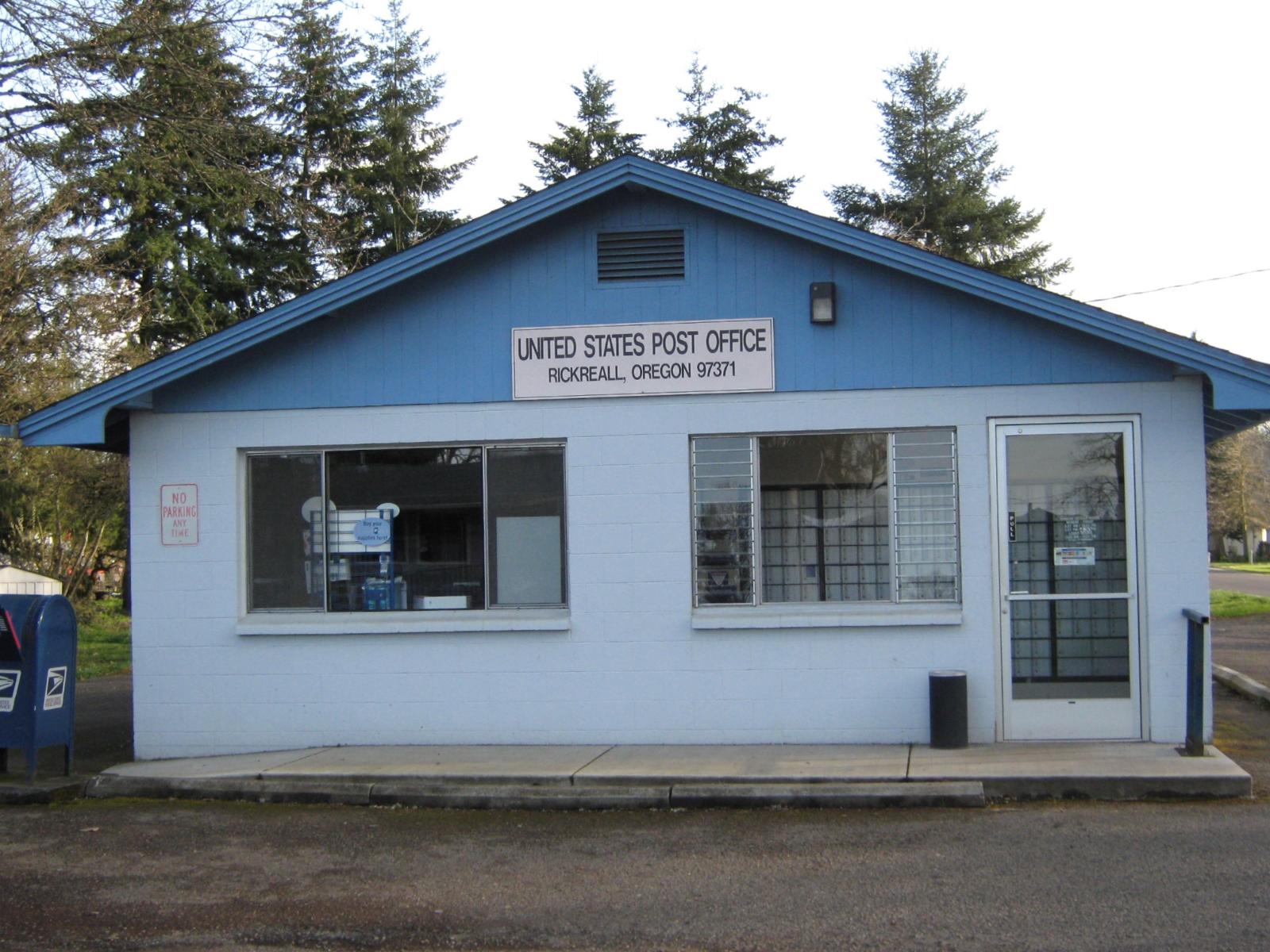
Why are people willing to pay so much to live here? What’s special about it?
Rickreall appeals to buyers seeking a quieter lifestyle in Polk County while staying close to Salem and the Willamette Valley wine region. The town offers larger lots, farmland, and scenic countryside living. Its small size and rural character make it attractive to those looking for space and privacy.
Residents value the blend of agricultural heritage and proximity to urban centers. Access to wineries, farms, and cultural attractions enhances the appeal. For buyers, Rickreall offers a balance of rural charm and long-term investment value.
How Rickreall Rose to Prominence
Rickreall grew as an agricultural settlement, known historically for its farming and livestock operations. Located near Salem, it benefitted from access to markets and transportation routes. Over time, its rural setting became a draw for buyers looking to escape city congestion.
In the 21st century, rising demand for country living and limited housing inventory drove values upward. The pandemic era accelerated interest in homes with more space and land. This shift cemented Rickreall’s place as one of Oregon’s higher-value rural communities.
3 Interesting Tidbits
1. Wine Country Access – Rickreall sits near some of the Willamette Valley’s most acclaimed wineries.
2. Historic Roots – The town traces its origins back to early pioneer settlements in Polk County.
3. Fairgrounds Neighbor – The Polk County Fairgrounds, just outside Rickreall, host annual events and community gatherings.
12. Camp Sherman – 54% Home Price Increase Since 2020

- 2010: N/A
- 2011: N/A
- 2012: N/A
- 2013: N/A
- 2014: N/A
- 2015: N/A
- 2016: N/A
- 2017: N/A
- 2018: N/A
- 2019: N/A
- 2020: $491,700
- 2021: $621,023
- 2022: $741,708
- 2023: $698,162
- 2024: $760,217
- 2025: $757,690
Camp Sherman has only tracked data since 2020, but in just five years values jumped 54%. Prices rose from $491,700 to $757,690, with the strongest surge during 2021 and 2022. This small, scenic community has quickly established itself as one of Oregon’s most desirable high-value markets.
Why Camp Sherman?

Why are people willing to pay so much to live here? What’s special about it?
Camp Sherman is prized for its seclusion, natural beauty, and proximity to the Metolius River. The area is popular with anglers, outdoor enthusiasts, and second-home buyers looking for a retreat in Central Oregon. Its limited housing stock and pristine setting make it a niche but highly competitive market.
Buyers are drawn to the balance of rustic charm and high-end homes. With easy access to nearby Sisters and Bend, residents enjoy both seclusion and convenience. The exclusivity and natural setting explain why demand remains strong despite limited inventory.
How Camp Sherman Rose to Prominence
Camp Sherman began as a rustic fishing and vacation retreat in the early 20th century. Its location along the Metolius River gave it a reputation as one of Oregon’s most scenic and peaceful destinations. Over time, cabins and vacation homes evolved into more permanent residences.
In recent years, second-home buyers and retirees seeking quiet luxury helped drive prices upward. With strict limits on development, scarcity continues to elevate values. Today, Camp Sherman represents one of Oregon’s most exclusive small communities.
3 Interesting Tidbits
1. River Gem – The Metolius River runs cold and clear, famous for fly fishing and natural springs.
2. Historic Retreat – The area began as a seasonal vacation colony in the early 1900s.
3. Limited Growth – Strict land-use restrictions keep Camp Sherman small and exclusive.
11. Beavercreek – 117% Home Price Increase Since 2010

- 2010: $357,429
- 2011: $316,194
- 2012: $298,315
- 2013: $326,328
- 2014: $358,065
- 2015: $391,000
- 2016: $441,666
- 2017: $473,022
- 2018: $516,244
- 2019: $534,445
- 2020: $564,908
- 2021: $694,201
- 2022: $789,155
- 2023: $736,420
- 2024: $757,085
- 2025: $775,745
Beavercreek’s market has more than doubled in 15 years, rising from $357,429 in 2010 to $775,745 in 2025. Prices peaked in 2022 at nearly $790,000 before settling slightly. The overall trajectory shows remarkable resilience and demand for this rural Clackamas County community.
Why Beavercreek?
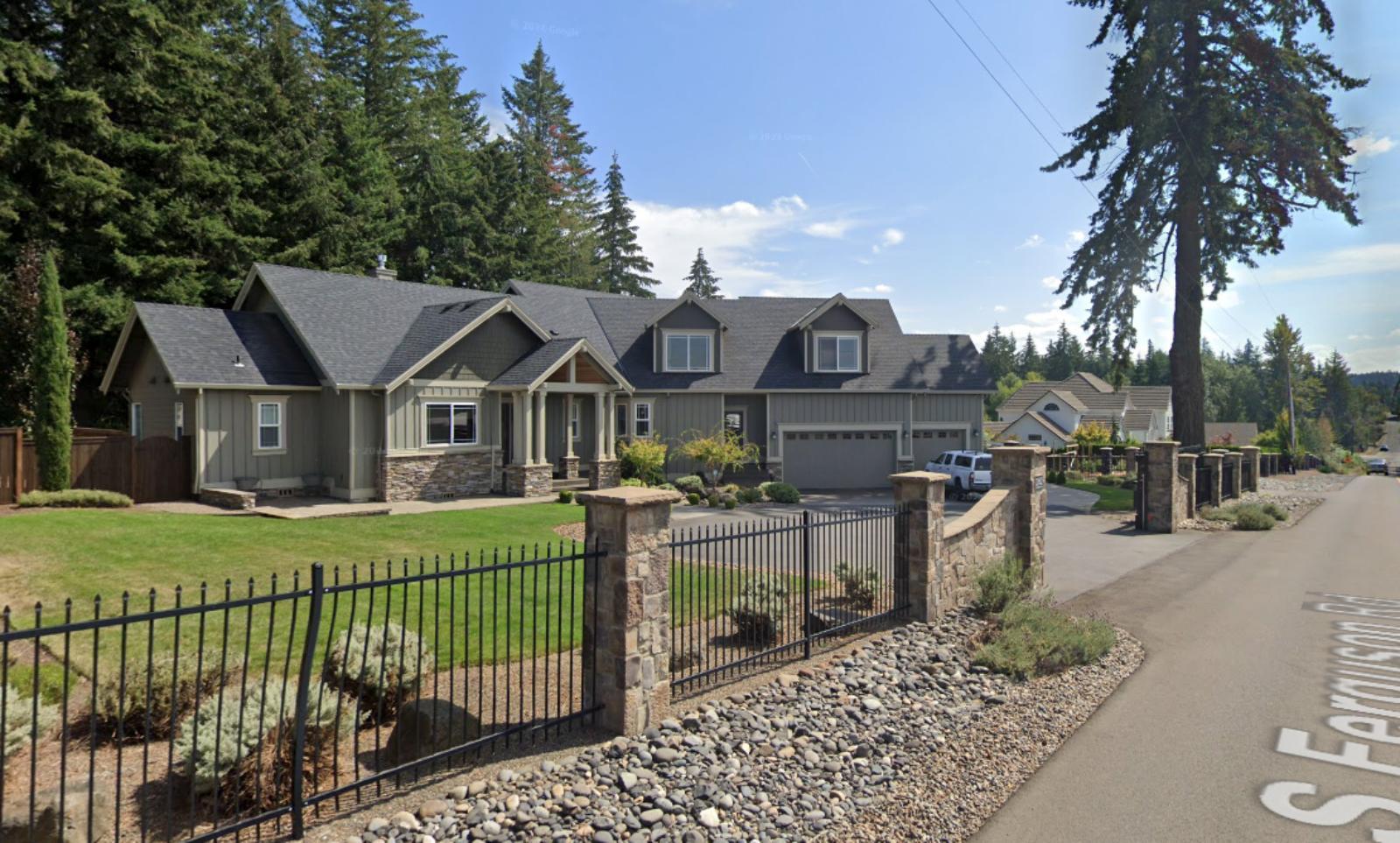
Why are people willing to pay so much to live here? What’s special about it?
Beavercreek is valued for its rural landscapes, larger properties, and equestrian-friendly culture. Buyers appreciate the mix of farmland, forests, and acreage lots that offer both privacy and opportunity for small-scale agriculture. At the same time, Oregon City and Portland remain within commuting distance.
Families seeking more space without losing suburban access find Beavercreek especially appealing. The community’s quiet character and natural setting drive long-term desirability. With limited new construction, existing homes command strong premiums.
How Beavercreek Rose to Prominence
Beavercreek grew as a farming settlement in Clackamas County, with agriculture shaping its early identity. Over time, its location near Oregon City positioned it for residential demand. The growth of the Portland metro brought steady interest in rural properties within reach of the city.
The pandemic era amplified this trend, as buyers sought larger properties and open space. Beavercreek’s combination of heritage, scenery, and location fueled rapid appreciation. Today, it remains one of the county’s most desirable rural areas.
3 Interesting Tidbits
1. Pioneer Roots – Early settlers established farms here in the mid-1800s.
2. Equestrian Culture – The area is known for horse properties and rural lifestyle amenities.
3. Open Space – Properties often include forests, pastures, or farmland.
10. West Linn – 103% Home Price Increase Since 2010

- 2010: $382,013
- 2011: $346,907
- 2012: $334,962
- 2013: $369,170
- 2014: $402,473
- 2015: $429,895
- 2016: $476,921
- 2017: $506,690
- 2018: $531,872
- 2019: $540,189
- 2020: $562,569
- 2021: $671,785
- 2022: $783,164
- 2023: $769,555
- 2024: $777,750
- 2025: $777,232
West Linn’s home values have more than doubled since 2010, rising from $382,013 to $777,232 in 2025. The market’s strongest surge occurred between 2020 and 2022, when prices jumped by over $200,000. Even with minor fluctuations since, West Linn remains one of Oregon’s most prestigious suburbs.
Why West Linn?
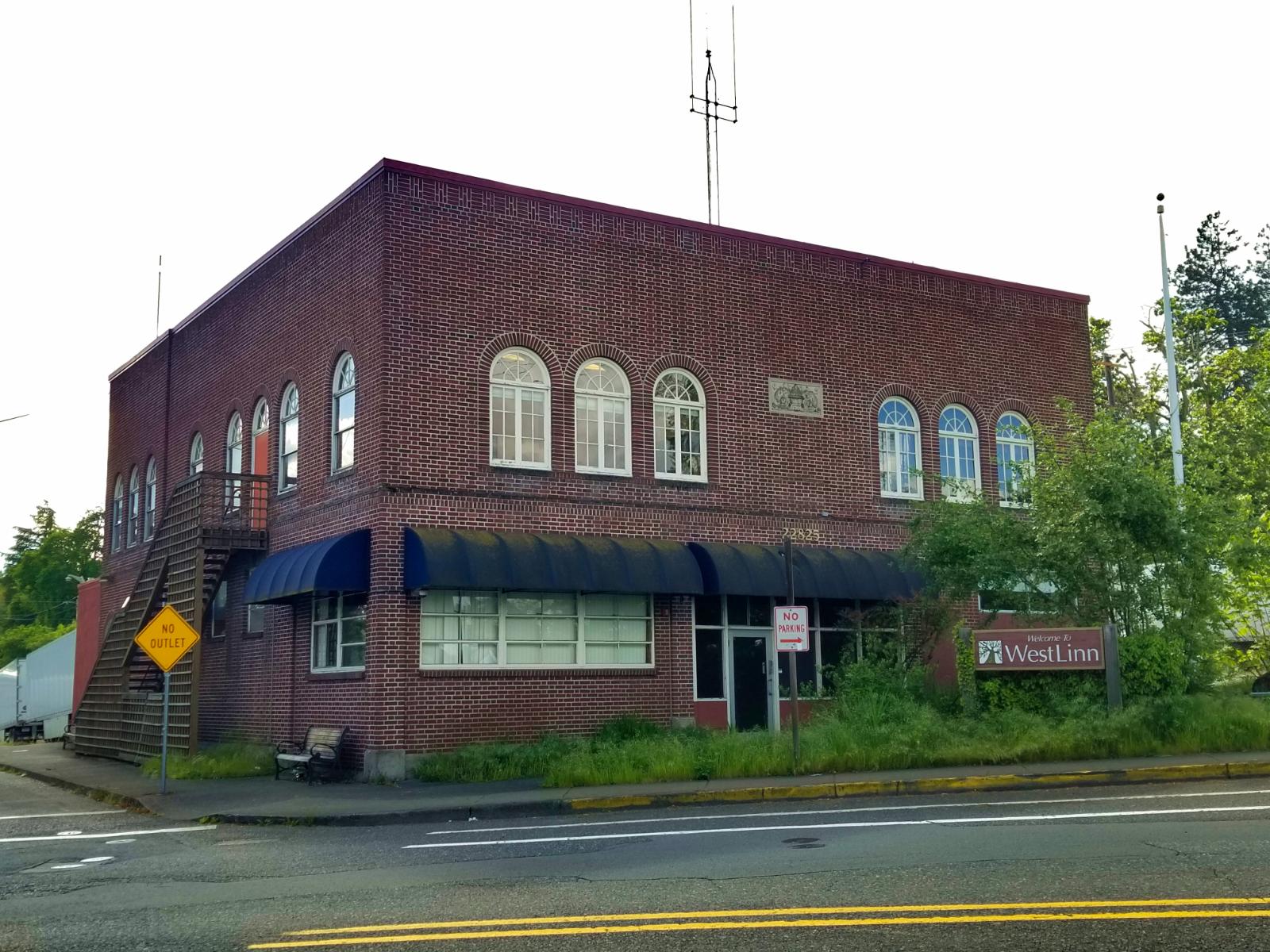
Why are people willing to pay so much to live here? What’s special about it?
West Linn is known for its upscale neighborhoods, excellent schools, and riverfront scenery. Families and professionals alike are drawn to its safe streets, strong community ties, and high-quality amenities. Many homes boast views of the Willamette River, Mount Hood, or the rolling hills of Clackamas County.
The city also offers easy access to Portland while maintaining a quieter suburban atmosphere. Parks, trails, and green spaces add to its reputation as one of the region’s most livable communities. With a strong school district and premium housing stock, demand consistently runs high.
How West Linn Rose to Prominence
West Linn developed in the 19th century as a milling and farming community along the Willamette River. Its proximity to Portland made it an attractive residential area by the early 20th century. Over the decades, careful planning and infrastructure improvements fostered steady suburban growth.
By the late 20th century, West Linn had become one of Portland’s most desirable suburbs. High-performing schools, riverfront properties, and upscale neighborhoods reinforced its premium status. Today, it remains a top choice for affluent buyers in the metro area.
3 Interesting Tidbits
1. River City – West Linn sits at the confluence of the Willamette and Tualatin rivers.
2. Top Schools – The West Linn-Wilsonville School District ranks among Oregon’s best.
3. Historic Roots – The city was founded in 1913, with deep ties to Oregon’s early milling industry.
9. West Slope – 118% Home Price Increase Since 2010

- 2010: $357,946
- 2011: $336,949
- 2012: $325,863
- 2013: $362,319
- 2014: $397,942
- 2015: $434,253
- 2016: $485,669
- 2017: $522,170
- 2018: $541,372
- 2019: $557,681
- 2020: $572,862
- 2021: $685,367
- 2022: $784,589
- 2023: $773,642
- 2024: $780,653
- 2025: $779,988
West Slope’s home values have climbed an impressive 118% since 2010, moving from $357,946 to $779,988 by 2025. Much of the appreciation occurred in the past decade, with sharp growth between 2020 and 2022. Even as the market leveled in recent years, the area continues to attract steady demand.
Why West Slope?
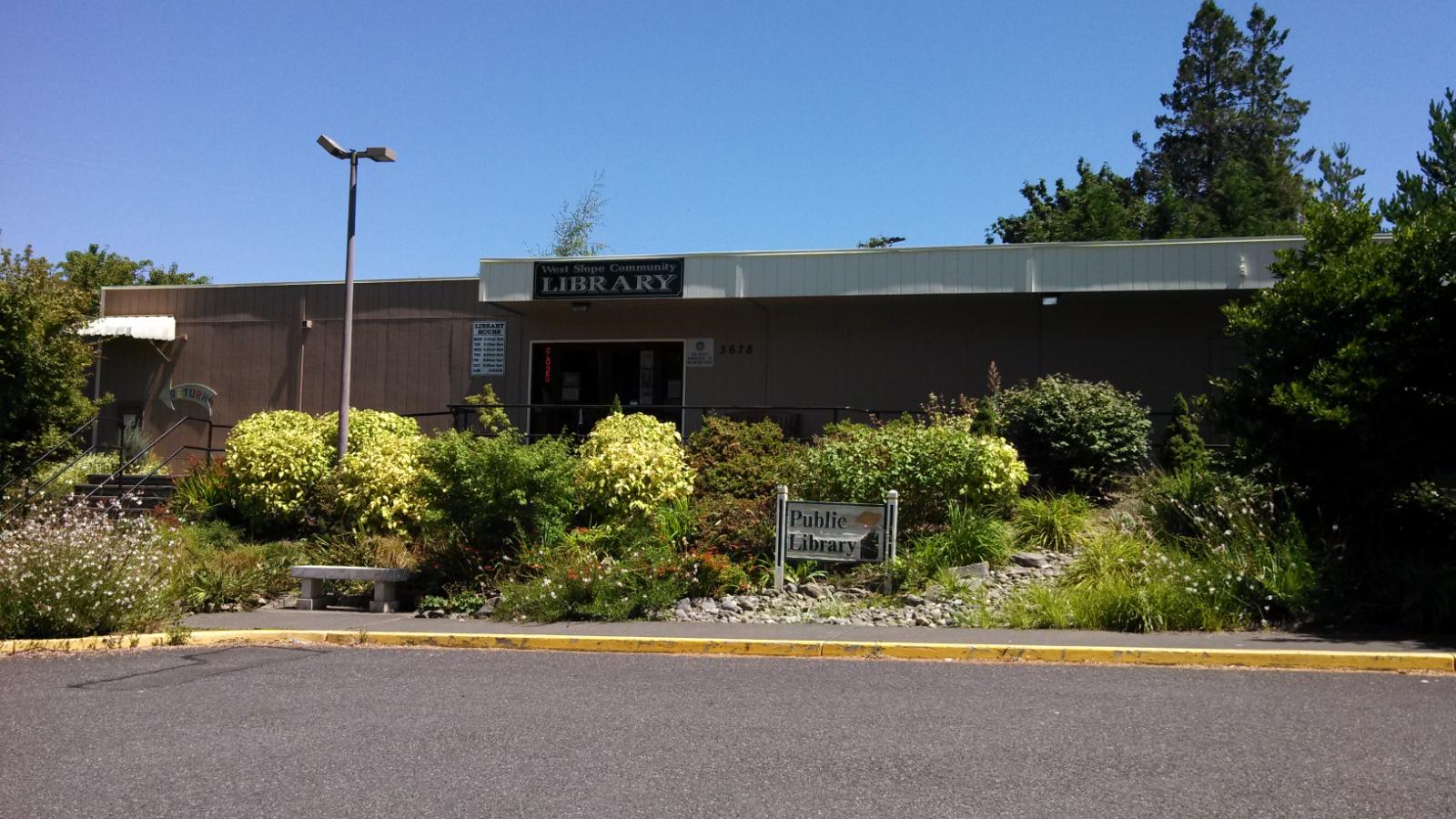
Why are people willing to pay so much to live here? What’s special about it?
West Slope, located just west of Portland, appeals to buyers seeking suburban comfort with urban proximity. Its established neighborhoods, tree-lined streets, and quick access to downtown make it ideal for commuters. Families are drawn to well-rated schools and a strong sense of community.
The area also offers diverse housing, from mid-century ranch homes to updated modern builds. Parks, shopping, and easy highway access add convenience. For many, West Slope provides the perfect middle ground between quiet suburbia and city living.
How West Slope Rose to Prominence
Originally developed as a residential suburb in the mid-20th century, West Slope benefitted from Portland’s postwar expansion. Its close-in location made it a natural choice for professionals seeking homes outside the city core. Over time, demand for accessible, established neighborhoods kept values rising.
The housing boom of the 2010s and 2020s accelerated growth, particularly as buyers sought alternatives to higher-priced Portland neighborhoods. Today, West Slope remains a stable, desirable community with long-term value retention. Its balance of location, charm, and amenities explains its consistent popularity.
3 Interesting Tidbits
1. Commuter’s Edge – Only minutes from downtown Portland via US-26 and local transit.
2. Architectural Mix – Known for a blend of mid-century homes and newer renovations.
3. Community Feel – Despite its size, West Slope retains a strong neighborhood identity.
8. Durham – 122% Home Price Increase Since 2010

- 2010: $362,499
- 2011: $344,342
- 2012: $342,440
- 2013: $381,988
- 2014: $410,393
- 2015: $448,106
- 2016: $497,373
- 2017: $526,844
- 2018: $543,951
- 2019: $555,185
- 2020: $579,060
- 2021: $689,876
- 2022: $797,294
- 2023: $770,475
- 2024: $783,106
- 2025: $805,132
Durham has more than doubled in value since 2010, rising from $362,499 to $805,132. Prices surged especially between 2020 and 2022, crossing the $800,000 mark by 2025. The community’s small size and prime location have kept demand strong and inventory tight.
Why Durham?
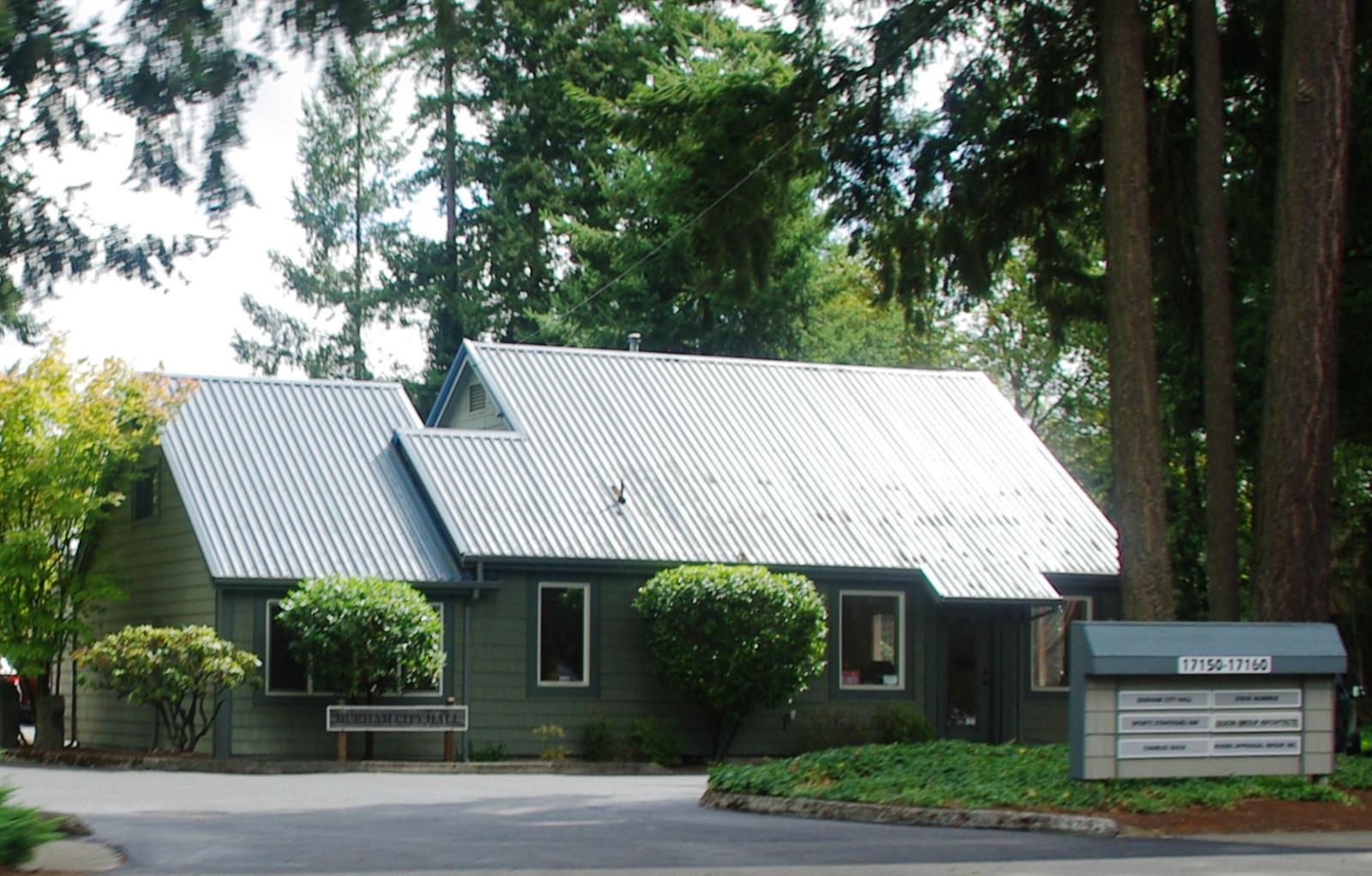
Why are people willing to pay so much to live here? What’s special about it?
Durham, nestled between Tigard and Lake Oswego, offers exclusivity and convenience. Its quiet neighborhoods are minutes from major employers, shopping centers, and parks. Families prize the access to top schools and the small, close-knit atmosphere.
The combination of high-end homes, natural beauty, and strategic location explains its premium prices. Buyers seeking suburban tranquility without sacrificing connectivity consistently turn to Durham. Limited supply ensures homes here remain in demand year after year.
How Durham Rose to Prominence
Durham’s development began in the mid-20th century as suburban growth expanded south of Portland. Its incorporation in 1966 preserved its small-town independence amid larger neighboring cities. Careful zoning and limited land kept growth measured but values high.
Over time, Durham evolved into a desirable enclave known for exclusivity and quality housing. The rapid metro expansion in the 2000s and 2010s only increased its appeal. Today, it stands as one of Oregon’s priciest small cities with long-term investment stability.
3 Interesting Tidbits
1. Tiny but Pricey – With fewer than 2,000 residents, Durham is one of Oregon’s smallest incorporated cities.
2. Nature Nearby – Close to Cook Park and the Tualatin River for outdoor recreation.
3. Prime Location – Centrally positioned between major employment hubs in Washington and Clackamas counties.
7. Sisters – 130% Home Price Increase Since 2010

- 2010: $352,309
- 2011: $310,538
- 2012: $319,378
- 2013: $336,947
- 2014: $362,143
- 2015: $382,890
- 2016: $403,839
- 2017: $439,566
- 2018: $474,712
- 2019: $486,093
- 2020: $515,710
- 2021: $703,199
- 2022: $835,387
- 2023: $790,446
- 2024: $820,590
- 2025: $811,668
Sisters has experienced a 130% increase in home values since 2010, moving from $352,309 to $811,668. Prices spiked particularly in 2021 and 2022, when values jumped more than $300,000 in two years. Despite slight corrections, demand remains exceptionally strong.
Why Sisters?

Why are people willing to pay so much to live here? What’s special about it?
Sisters is known for its Western-themed downtown, mountain views, and vibrant arts scene. The town sits at the base of the Cascade Range, providing year-round recreation from skiing to hiking. Buyers are drawn to its charm, cultural festivals, and boutique shops.
For many, Sisters represents the ideal mix of small-town atmosphere and resort-like amenities. Retirees, second-home buyers, and families alike see strong long-term value. This unique character helps explain its consistently high prices.
How Sisters Rose to Prominence
Founded as a ranching town in the late 1800s, Sisters developed its identity around the nearby Three Sisters peaks. Tourism became its economic engine, with festivals, outdoor recreation, and a thriving arts community driving growth. The population swelled as visitors discovered its appeal.
In recent decades, second-home development and upscale residential construction cemented its status. The surge of remote workers during the pandemic accelerated its rise. Today, Sisters remains one of Central Oregon’s most sought-after towns.
3 Interesting Tidbits
1. Western Theme – Downtown Sisters is designed with Old West-style architecture.
2. Festival Hub – Hosts the famous Sisters Outdoor Quilt Show, one of the largest in the world.
3. Mountain Gateway – Provides direct access to the Cascade Range for recreation.
6. Manzanita – 106% Home Price Increase Since 2010

- 2010: $408,565
- 2011: $387,168
- 2012: $380,305
- 2013: $392,353
- 2014: $398,047
- 2015: $419,085
- 2016: $445,570
- 2017: $485,220
- 2018: $502,937
- 2019: $519,219
- 2020: $532,398
- 2021: $689,583
- 2022: $883,723
- 2023: $842,176
- 2024: $845,993
- 2025: $840,655
Manzanita’s home values have more than doubled since 2010, rising from $408,565 to $840,655 by 2025. The sharpest gains came during 2021 and 2022, when coastal demand surged. Even with slight softening afterward, the town remains among Oregon’s most valuable coastal markets.
Why Manzanita?

Why are people willing to pay so much to live here? What’s special about it?
Manzanita offers seven miles of pristine beach with stunning views of Neahkahnie Mountain. The small coastal town is a haven for second-home buyers, retirees, and vacationers seeking quieter alternatives to busier Oregon coast destinations. Its boutique shops, art galleries, and restaurants add to its charm.
Buyers are willing to pay a premium for the town’s unmatched scenery and peaceful character. With limited development space, supply remains tight, keeping prices elevated. For many, Manzanita represents the quintessential Oregon coast lifestyle.
How Manzanita Rose to Prominence
Once a quiet fishing village, Manzanita grew as a vacation destination in the mid-20th century. Its proximity to Portland made it an accessible retreat for city residents. As coastal tourism expanded, property demand increased steadily.
In the 21st century, Manzanita gained national attention as one of the Oregon Coast’s most picturesque small towns. Pandemic-driven demand for vacation homes pushed prices even higher. Today, it remains a premier destination for both visitors and homeowners.
3 Interesting Tidbits
1. Seven Miles of Sand – Manzanita Beach is one of the longest continuous beaches in Oregon.
2. Quaint Charm – The town maintains a laid-back atmosphere with independent shops and cafes.
3. Scenic Views – Neahkahnie Mountain rises dramatically above the town, creating postcard-worthy vistas.
5. Lake Oswego – 105% Home Price Increase Since 2010

- 2010: $434,249
- 2011: $397,136
- 2012: $378,258
- 2013: $418,714
- 2014: $457,104
- 2015: $493,359
- 2016: $549,446
- 2017: $584,199
- 2018: $602,303
- 2019: $607,363
- 2020: $630,454
- 2021: $772,368
- 2022: $890,985
- 2023: $871,823
- 2024: $880,658
- 2025: $888,348
Lake Oswego’s home values have more than doubled since 2010, rising from $434,249 to $888,348 in 2025. The most dramatic gains came between 2020 and 2022, when prices jumped by over $250,000. Despite recent stabilization, the city remains one of Oregon’s most prestigious addresses.
Why Lake Oswego?
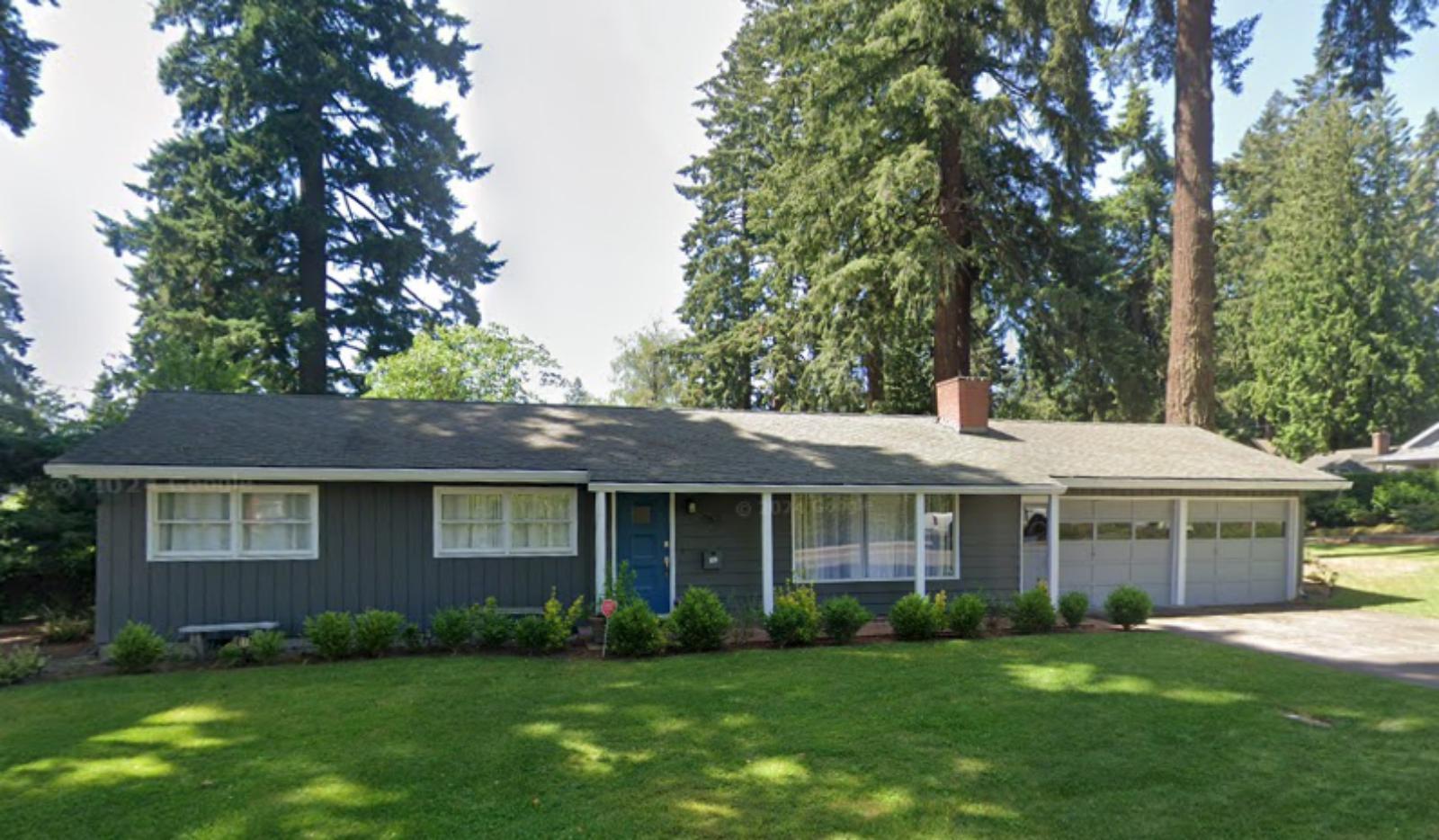
Why are people willing to pay so much to live here? What’s special about it?
Lake Oswego is renowned for its private lake, high-performing schools, and upscale neighborhoods. Residents enjoy waterfront properties, exclusive amenities, and a vibrant downtown filled with boutiques and restaurants. The city also maintains abundant parks and trails that enhance its appeal.
Affluent buyers are drawn to its combination of luxury, location, and strong community character. Proximity to Portland makes it a top choice for executives and professionals. Premium housing stock and limited supply keep demand consistently strong.
How Lake Oswego Rose to Prominence
Lake Oswego’s roots lie in 19th-century iron mining, but it quickly transitioned into a resort and residential town. By the mid-20th century, it had become one of Portland’s most desirable suburbs. Careful zoning, strong schools, and upscale development solidified its reputation.
In recent decades, luxury lakefront properties and high-end subdivisions have fueled continued growth. The city’s balance of exclusivity and accessibility ensures long-term market strength. Today, Lake Oswego stands as a benchmark for premium living in Oregon.
3 Interesting Tidbits
1. Private Lake – Only residents with deeded access can use Oswego Lake, making it highly exclusive.
2. Top Schools – Consistently ranks as one of Oregon’s best-performing school districts.
3. Historic Roots – Began as an iron town in the 1860s before transforming into a luxury suburb.
4. Cannon Beach – 112% Home Price Increase Since 2010

- 2010: $420,512
- 2011: $389,514
- 2012: $397,460
- 2013: $400,902
- 2014: $397,286
- 2015: $409,555
- 2016: $429,753
- 2017: $460,837
- 2018: $477,865
- 2019: $509,950
- 2020: $539,867
- 2021: $703,063
- 2022: $877,822
- 2023: $868,633
- 2024: $859,712
- 2025: $890,157
Cannon Beach home values have surged 112% since 2010, climbing from $420,512 to $890,157 by 2025. Demand peaked during 2021 and 2022 as buyers sought Oregon’s iconic coastal communities. Even after a modest plateau, the market remains one of the strongest on the coast.
Why Cannon Beach?
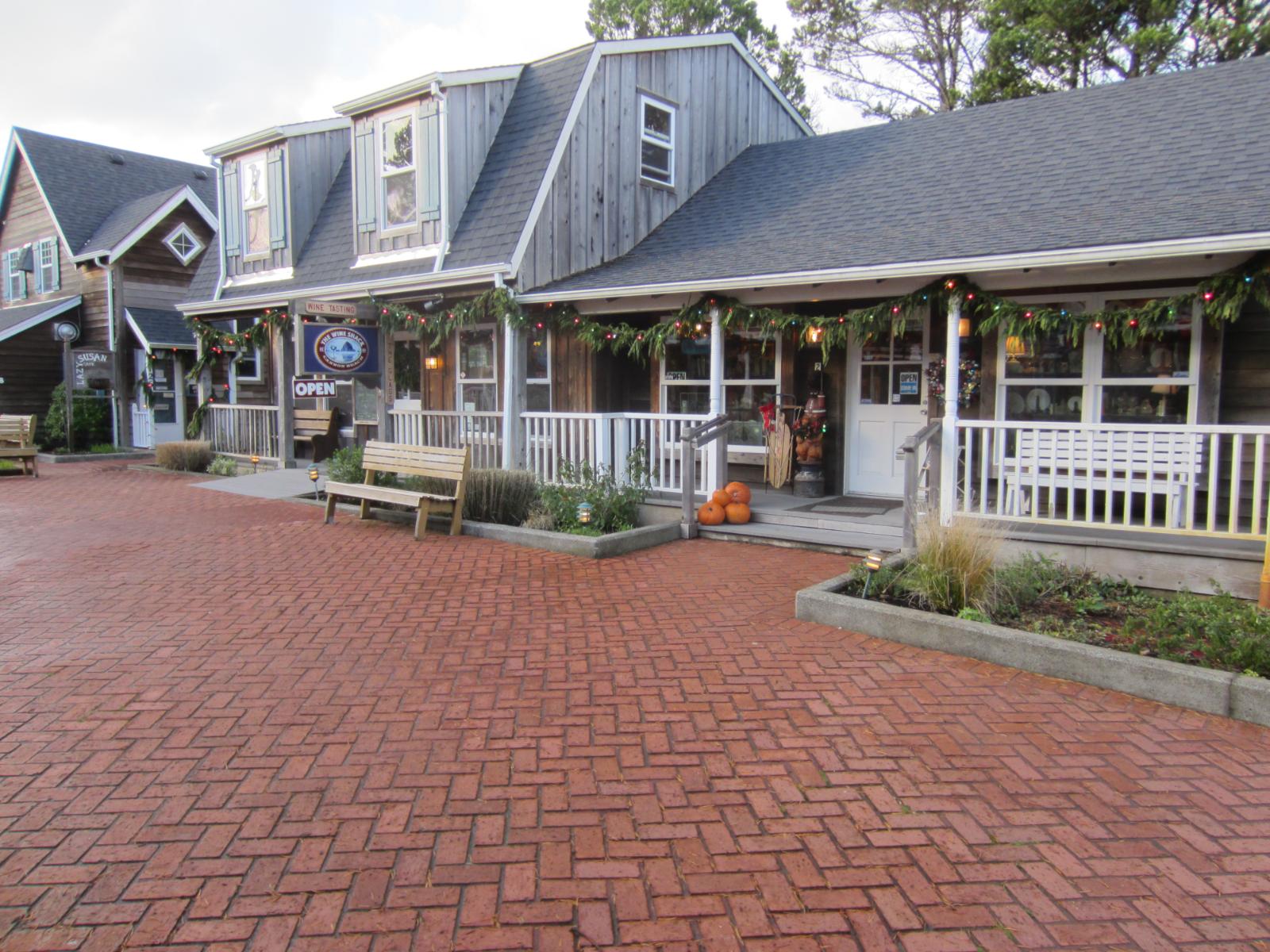
Why are people willing to pay so much to live here? What’s special about it?
Cannon Beach is internationally famous for Haystack Rock, wide sandy beaches, and breathtaking ocean views. The town blends natural beauty with a thriving arts scene, boutique shops, and fine dining. Buyers pay a premium for the opportunity to live in one of Oregon’s most photographed and beloved destinations.
The community’s limited land supply and strict development regulations keep inventory scarce. That scarcity, combined with global name recognition, keeps home prices resilient. For many, owning in Cannon Beach represents both lifestyle and investment value.
How Cannon Beach Rose to Prominence
Once a small coastal settlement, Cannon Beach developed its identity in the early 20th century as a retreat for Portland residents. Tourism flourished thanks to its dramatic scenery and coastal charm. The town quickly became a cultural hub with galleries, festivals, and vacation homes.
As Oregon tourism expanded, Cannon Beach solidified its reputation as the state’s premier coastal town. Buyers continue to flock here, drawn by both the lifestyle and the cachet of owning property in such a renowned location. Its history and reputation make it one of Oregon’s crown jewels.
3 Interesting Tidbits
1. Haystack Rock – The 235-foot monolith is one of Oregon’s most photographed landmarks.
2. Film Fame – Cannon Beach was featured in cult classics like *The Goonies* and *Kindergarten Cop*.
3. Art Colony – Known for galleries and festivals, including the annual Sandcastle Contest that draws thousands.
3. Raleigh Hills – 108% Home Price Increase Since 2010

- 2010: $443,529
- 2011: $407,212
- 2012: $396,739
- 2013: $443,043
- 2014: $487,095
- 2015: $524,172
- 2016: $590,347
- 2017: $622,290
- 2018: $641,432
- 2019: $661,798
- 2020: $677,332
- 2021: $815,003
- 2022: $949,946
- 2023: $933,140
- 2024: $937,558
- 2025: $924,273
Raleigh Hills has seen home prices more than double since 2010, growing from $443,529 to $924,273. The most rapid appreciation came between 2020 and 2022, when values climbed by nearly $275,000 in just two years. Despite recent stability, it remains one of Portland’s premier residential enclaves.
Why Raleigh Hills?
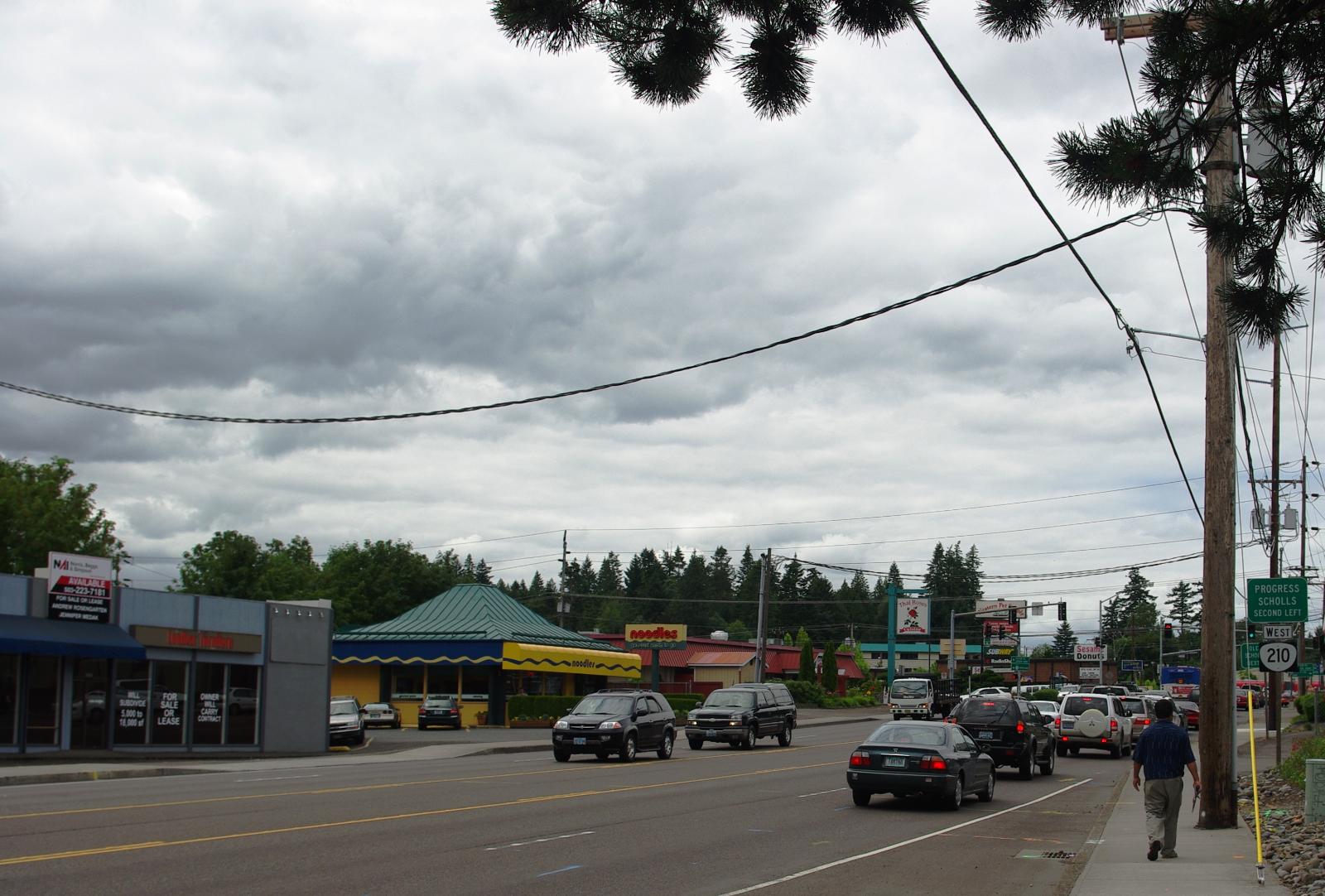
Why are people willing to pay so much to live here? What’s special about it?
Located just southwest of downtown Portland, Raleigh Hills offers a combination of luxury homes, convenience, and established neighborhoods. The area is known for spacious lots, tree-lined streets, and proximity to top private schools. Buyers also enjoy easy access to golf courses, parks, and major employers.
The blend of suburban serenity and urban connectivity gives Raleigh Hills enduring appeal. Families, professionals, and retirees alike see it as a place where quality of life is consistently high. The premium housing stock ensures strong long-term demand.
How Raleigh Hills Rose to Prominence
Raleigh Hills developed in the mid-20th century as Portland’s suburbs expanded outward. Its reputation grew as a haven for affluent families seeking larger homes near the city center. Over the decades, it became a benchmark neighborhood for upscale suburban living.
The pandemic-era boom further elevated values as buyers sought established, high-quality communities close to urban amenities. Today, Raleigh Hills remains a stable and prestigious choice. Its combination of history, location, and lifestyle keeps it at the top of Oregon’s market.
3 Interesting Tidbits
1. Golf Destination – Close to the Oregon Golf Club and Portland Golf Club, two of the region’s most exclusive.
2. Private Schools – Home to several top-rated private institutions, including Jesuit High School.
3. Luxury Lots – Known for oversized lots and stately homes, rare so close to downtown Portland.
2. Arch Cape – 100% Home Price Increase Since 2010

- 2010: $464,132
- 2011: $422,710
- 2012: $428,055
- 2013: $431,836
- 2014: $454,463
- 2015: $479,167
- 2016: $500,159
- 2017: $553,406
- 2018: $544,653
- 2019: $580,747
- 2020: $601,912
- 2021: $787,440
- 2022: $961,461
- 2023: $937,891
- 2024: $934,638
- 2025: $927,592
Arch Cape has doubled in value since 2010, with home prices reaching $927,592 in 2025. The sharpest gains came during the 2021–2022 surge, when values soared to nearly $1 million. While the market has cooled slightly, Arch Cape remains one of the Oregon Coast’s most exclusive enclaves.
Why Arch Cape?
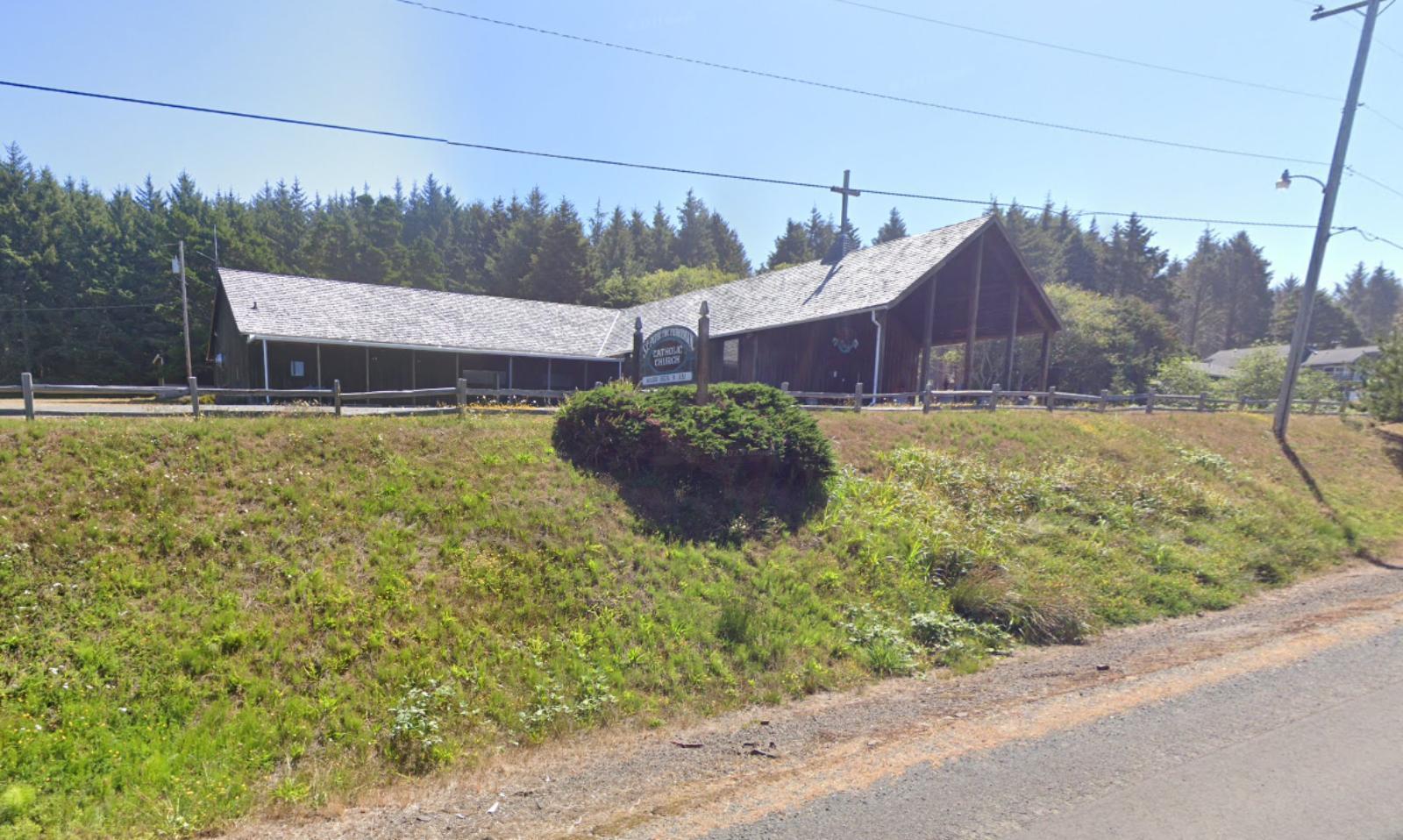
Why are people willing to pay so much to live here? What’s special about it?
This unincorporated coastal community is prized for its seclusion, rugged beauty, and unspoiled beaches. Unlike busier Cannon Beach to the north, Arch Cape offers a quieter, more private setting. Buyers are drawn to the dramatic oceanfront homes and breathtaking headland views.
The limited supply of properties keeps competition high. Many buyers seek second homes or vacation rentals, while others invest in full-time residences for peace and scenery. Its exclusivity ensures that demand remains strong, even in softer markets.
How Arch Cape Rose to Prominence
Arch Cape began as a small settlement along the coast, named for its natural rock arch that collapsed in the late 1800s. It remained relatively unknown until the rise of Oregon Coast tourism in the 20th century. As nearby communities filled with visitors, Arch Cape’s privacy became its luxury.
By the early 2000s, upscale development and second-home ownership had taken root. The surge of coastal demand during the pandemic further cemented its reputation. Today, Arch Cape stands as one of the coast’s most desirable and exclusive markets.
3 Interesting Tidbits
1. Hidden Shores – Offers secluded beaches accessible mainly by locals and homeowners.
2. Historic Arch – Named after a natural rock arch destroyed in the late 19th century.
3. Quiet Luxury – Known for multimillion-dollar oceanfront homes with unrivaled views.
1. Powell Butte – 195% Home Price Increase Since 2010

- 2010: $344,329
- 2011: $314,091
- 2012: $309,275
- 2013: $363,314
- 2014: $408,702
- 2015: $441,059
- 2016: $482,943
- 2017: $521,807
- 2018: $575,218
- 2019: $611,776
- 2020: $647,284
- 2021: $849,409
- 2022: $1,025,963
- 2023: $972,281
- 2024: $1,037,050
- 2025: $1,016,453
Powell Butte leads Oregon’s housing market with a staggering 195% increase since 2010. Home prices rose from $344,329 to over $1 million in 2025, nearly tripling in just 15 years. The area’s rural charm, scenic beauty, and growing luxury market have fueled its remarkable rise.
Why Powell Butte?
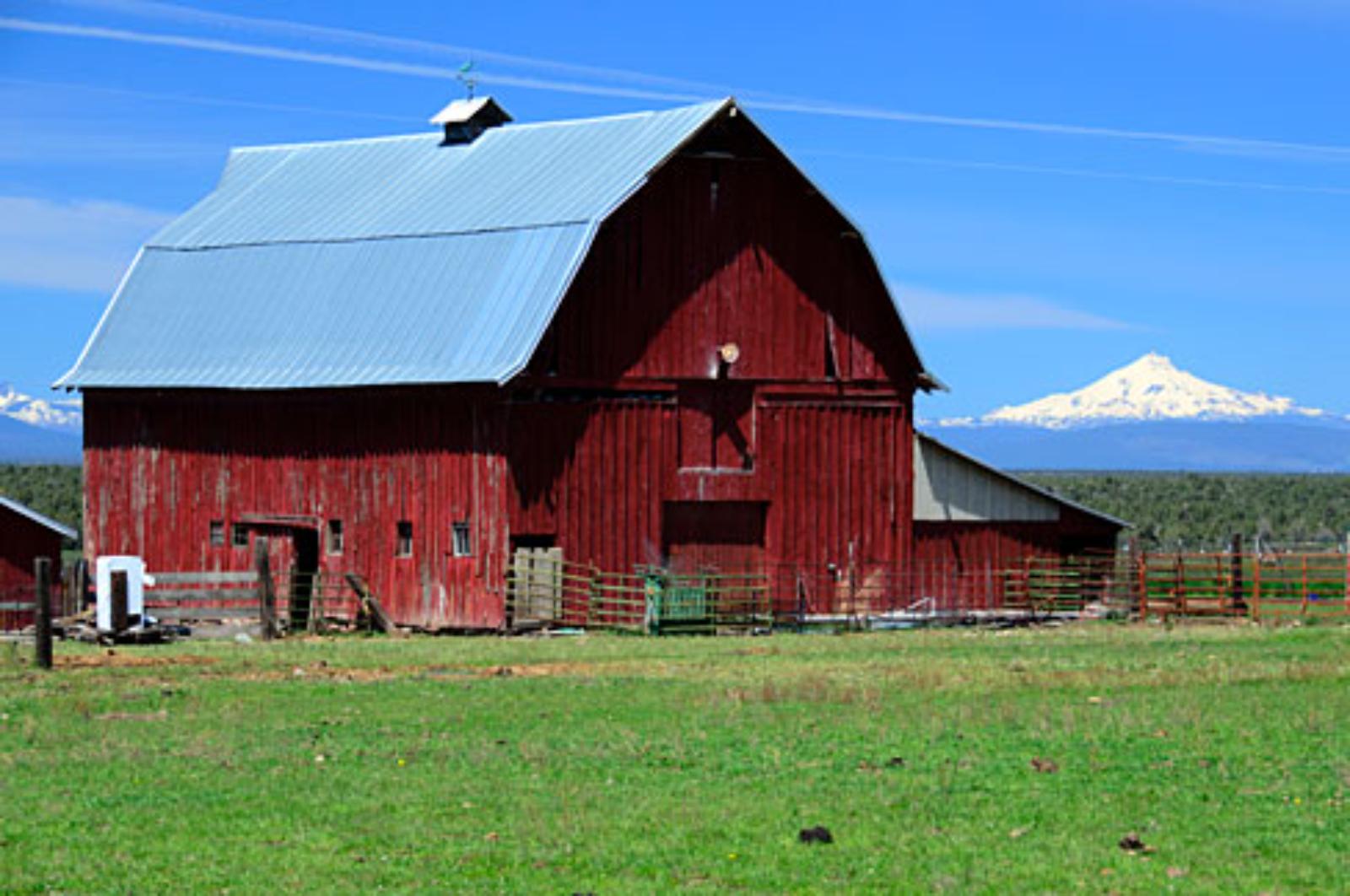
Why are people willing to pay so much to live here? What’s special about it?
Nestled in Central Oregon, Powell Butte is known for sweeping views of the Cascades, wide-open spaces, and equestrian-friendly properties. Buyers come here for larger parcels, privacy, and luxury estates. It attracts both permanent residents and high-end second-home buyers.
The area’s natural beauty and outdoor opportunities, including golfing, horseback riding, and proximity to Bend, boost its desirability. With limited development pressure and ample acreage, Powell Butte offers something rare in Oregon’s market: luxury with room to breathe. That unique mix explains its climb past the $1 million mark.
How Powell Butte Rose to Prominence
Originally a ranching community, Powell Butte retained its rural character well into the 20th century. As Central Oregon grew in popularity, it became a choice destination for buyers seeking space and natural beauty. Its location near Redmond and Bend added convenience while preserving its quiet identity.
The 2010s and 2020s saw luxury development, including custom homes and equestrian estates. Word spread about its mix of rural charm and upscale living, drawing affluent buyers from across the Northwest. Today, Powell Butte stands as Oregon’s most expensive town, a testament to its transformation from farmland to premier real estate market.
3 Interesting Tidbits
1. Equestrian Hub – Known for horse-friendly properties and miles of riding trails.
2. Scenic Views – Offers panoramic vistas of the Cascade Range and Smith Rock.
3. Luxury Growth – High-end estates and custom builds have reshaped its rural image into a premier luxury market.

